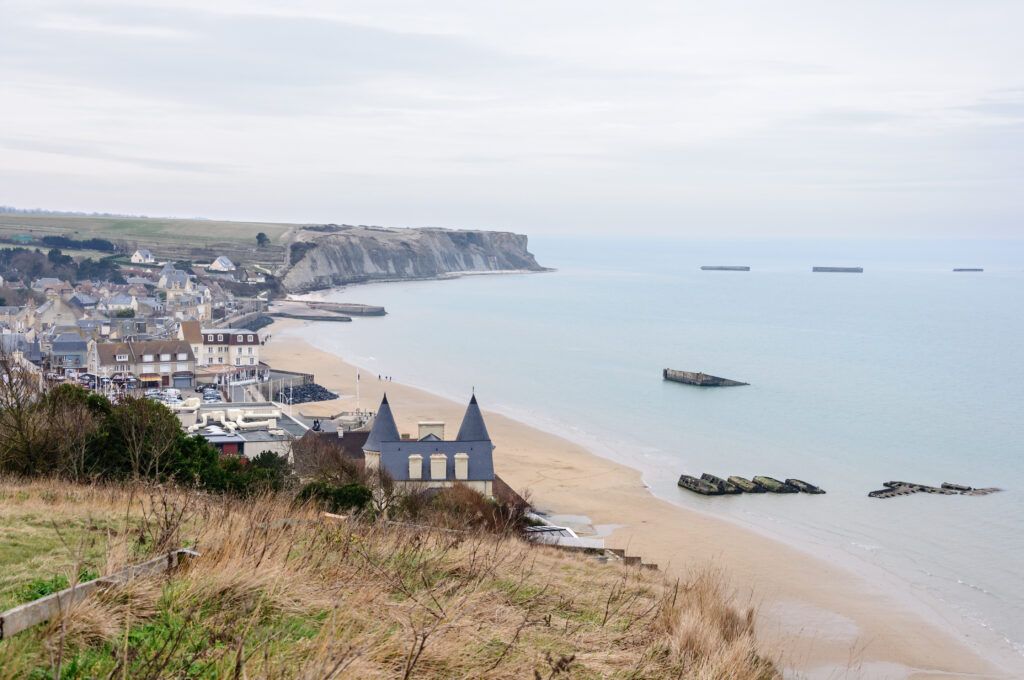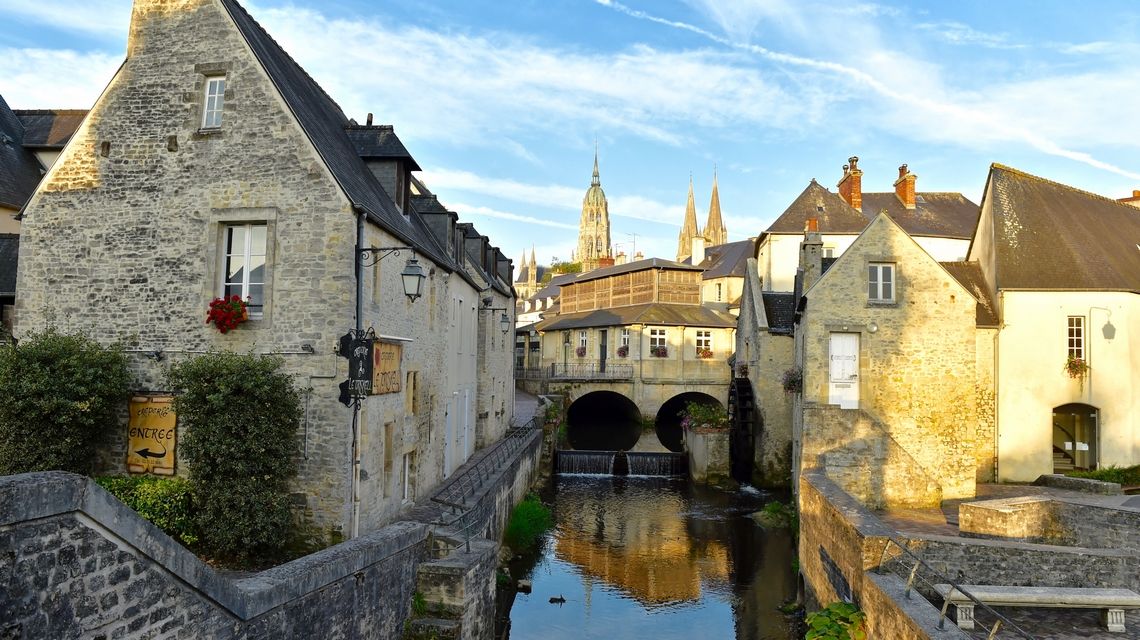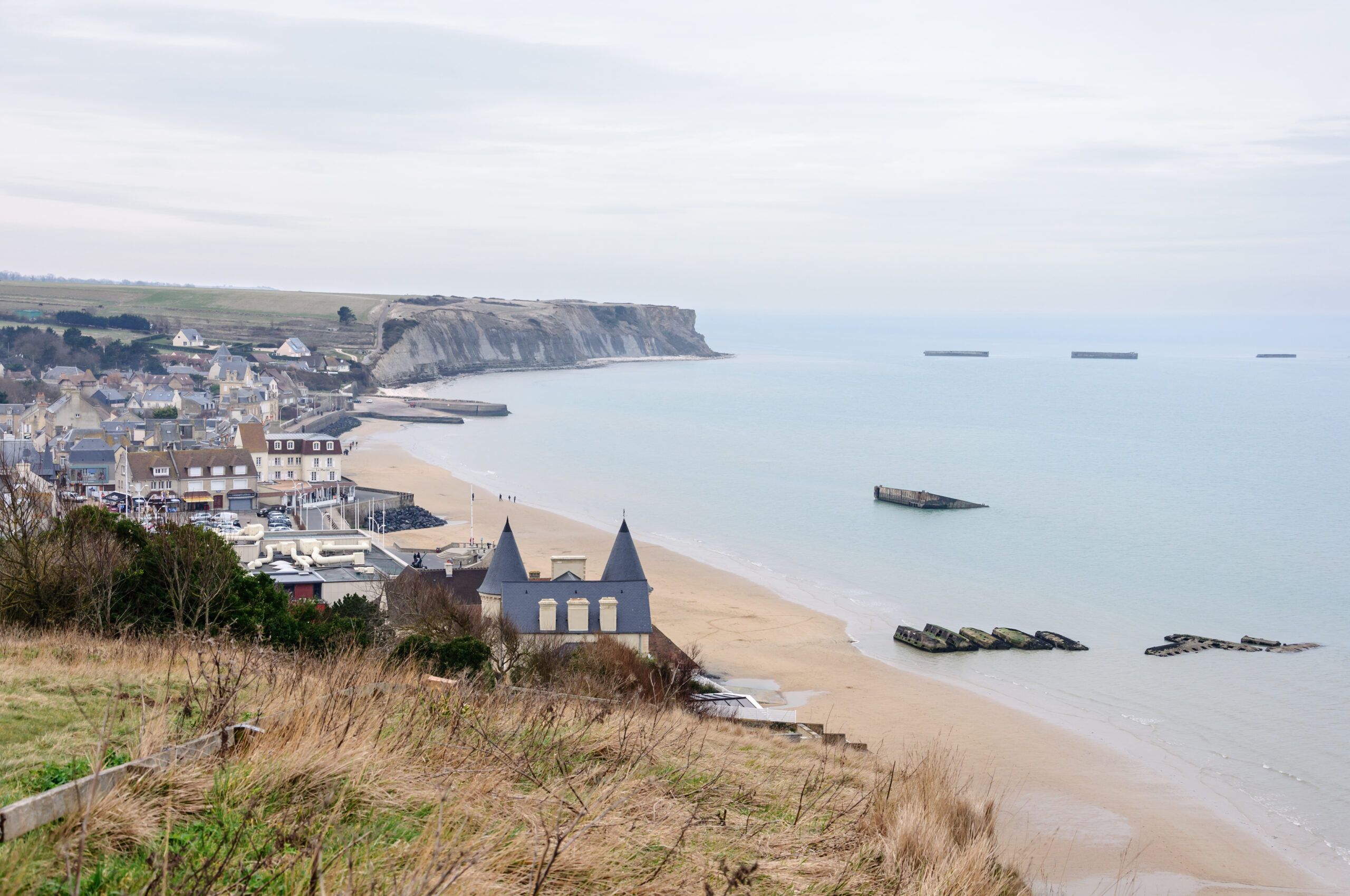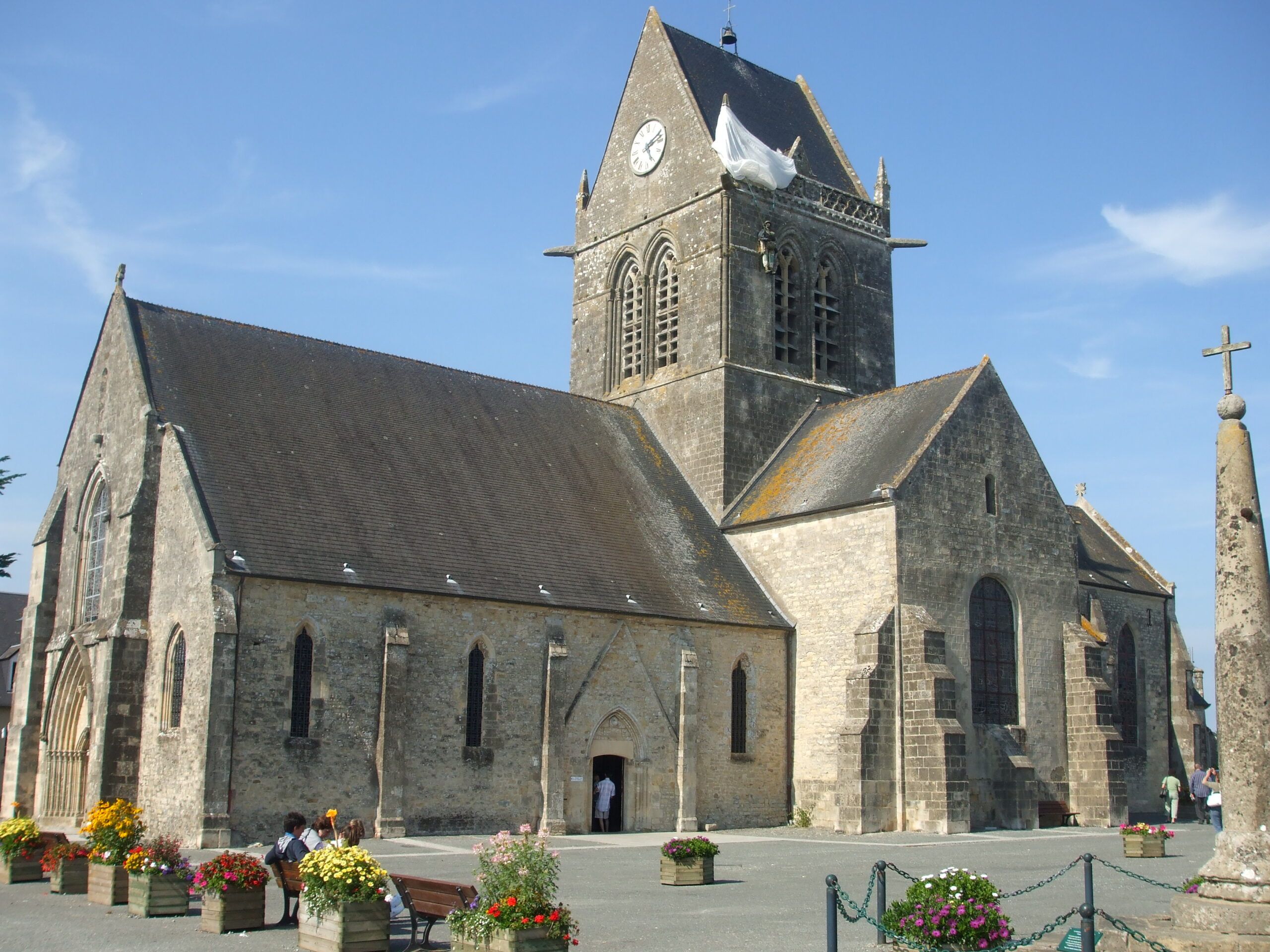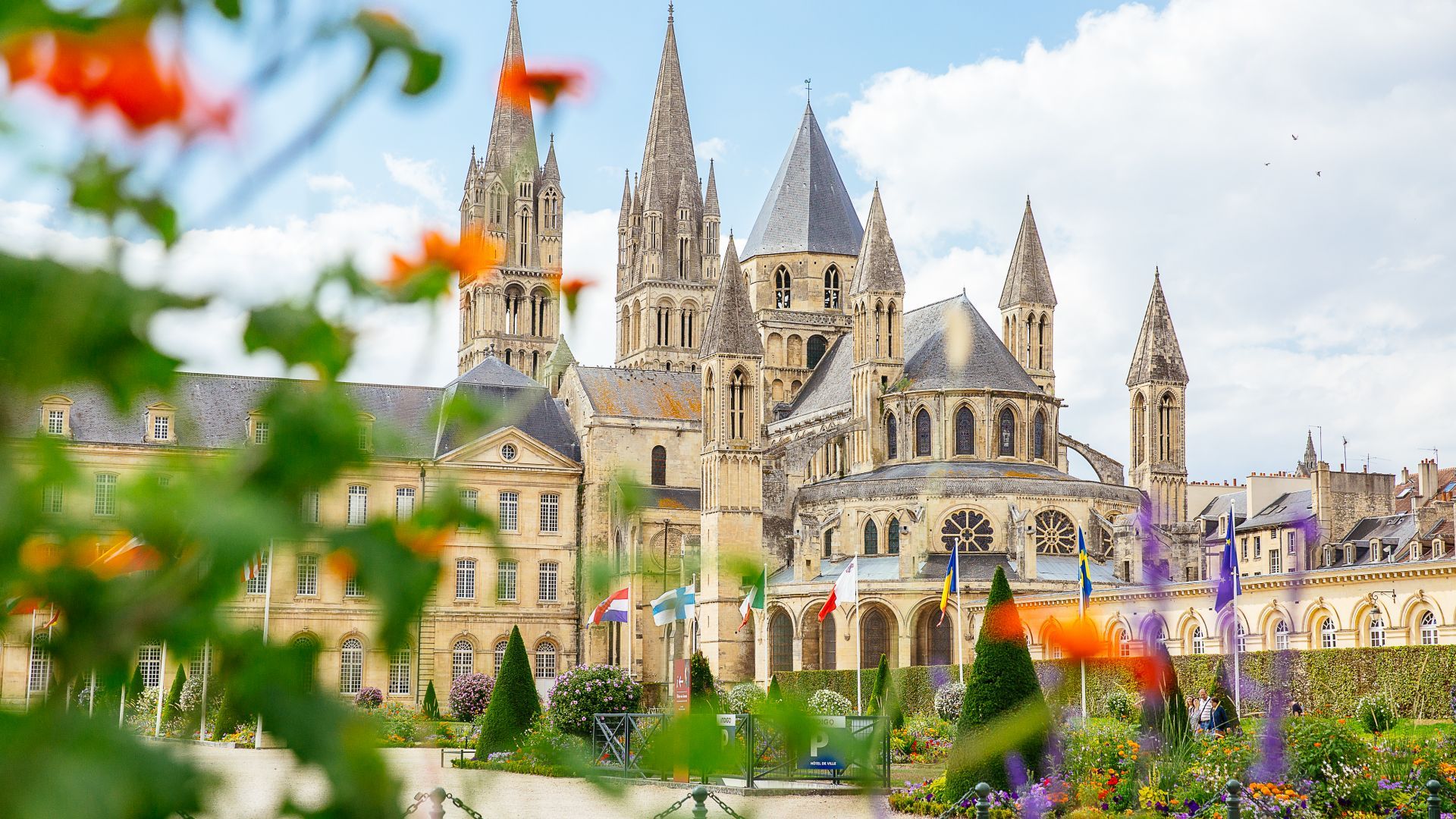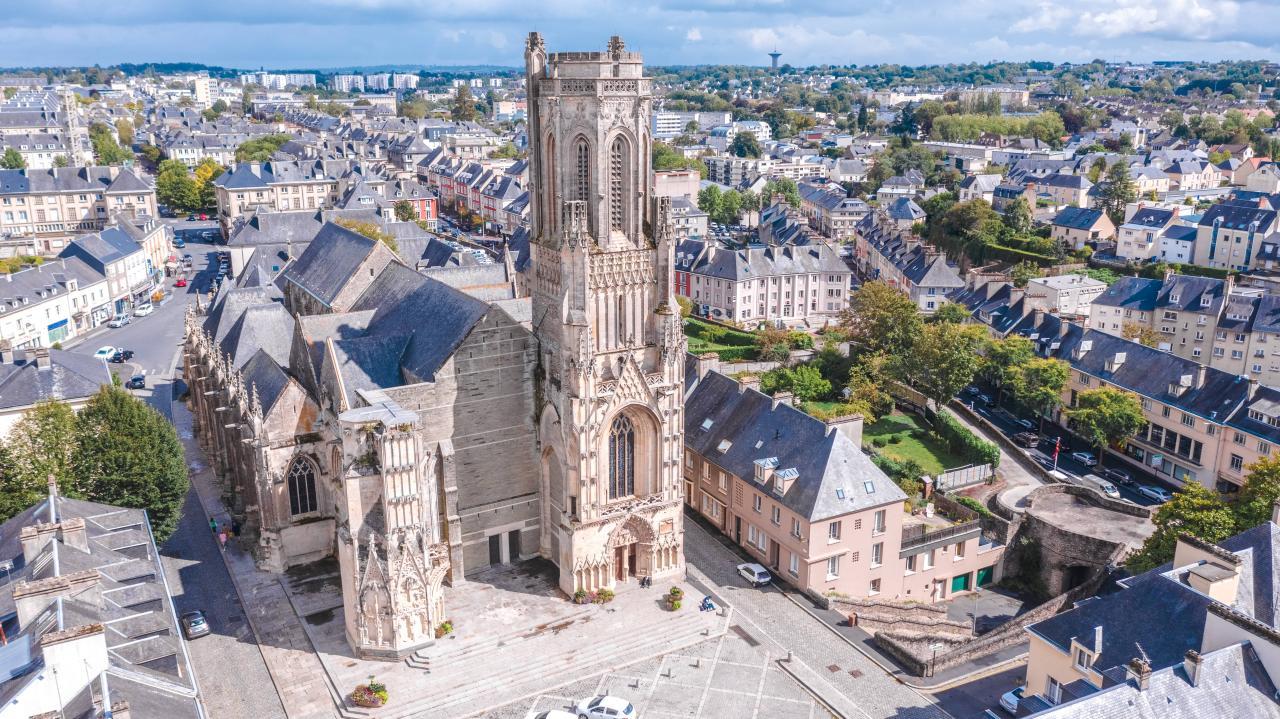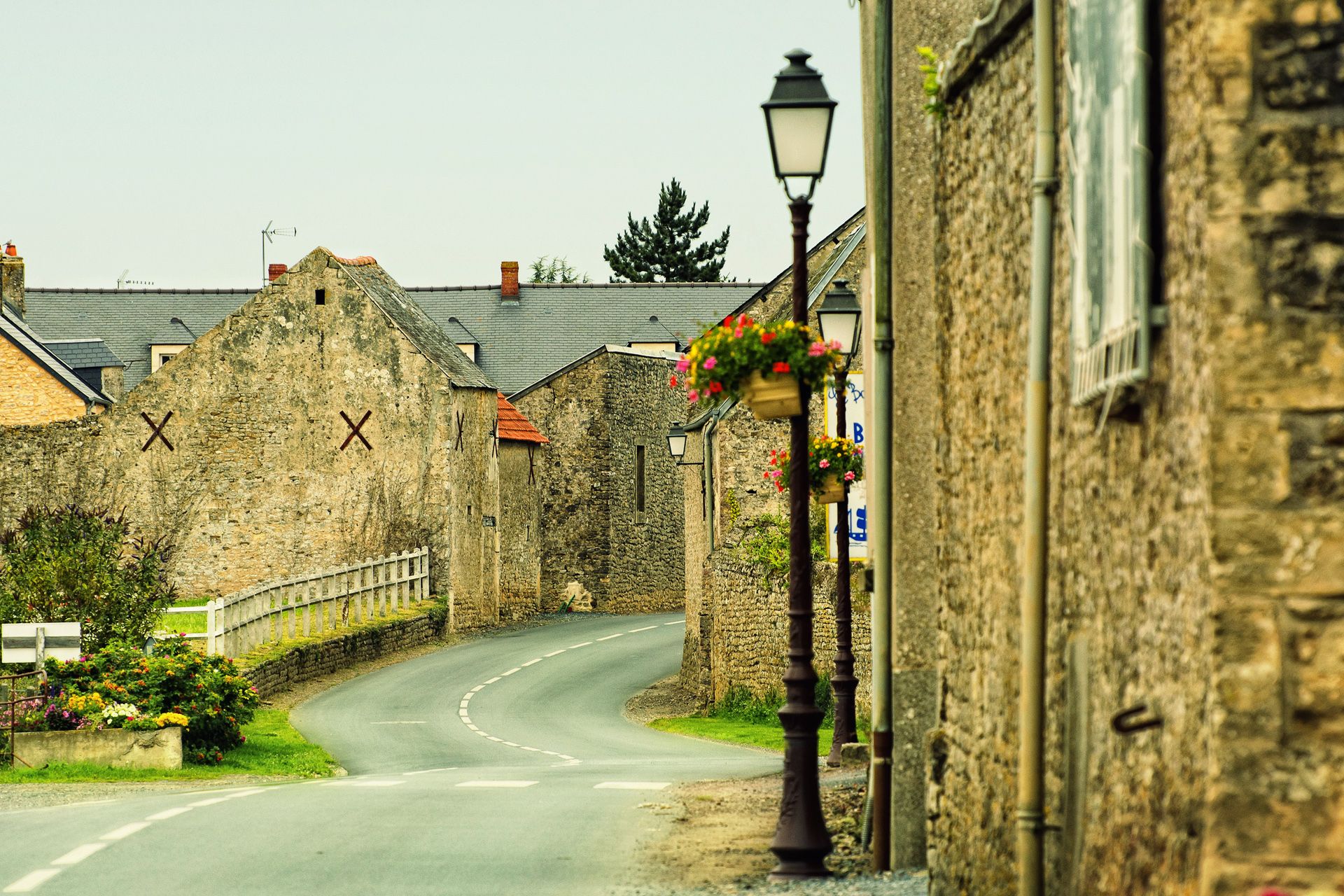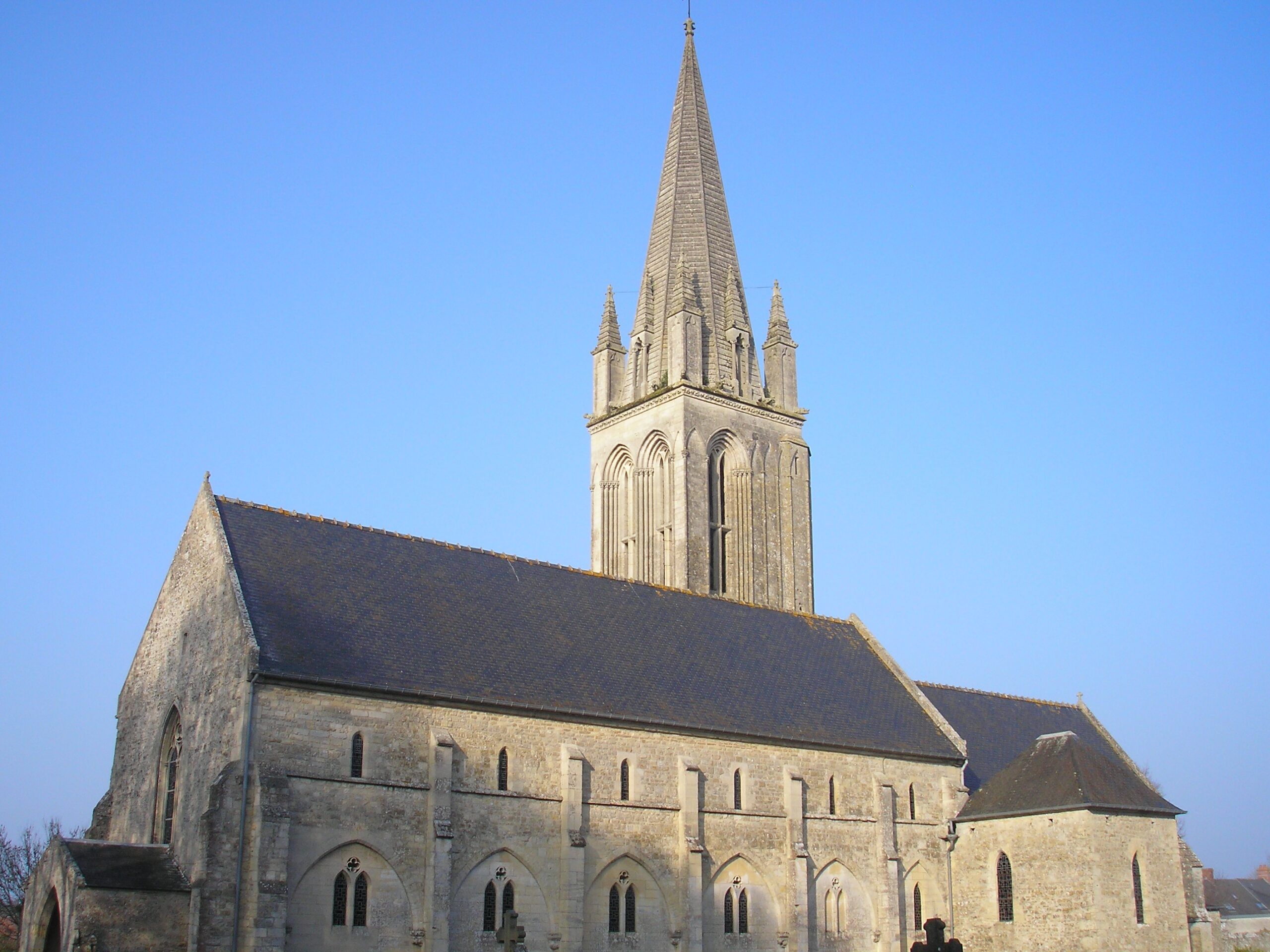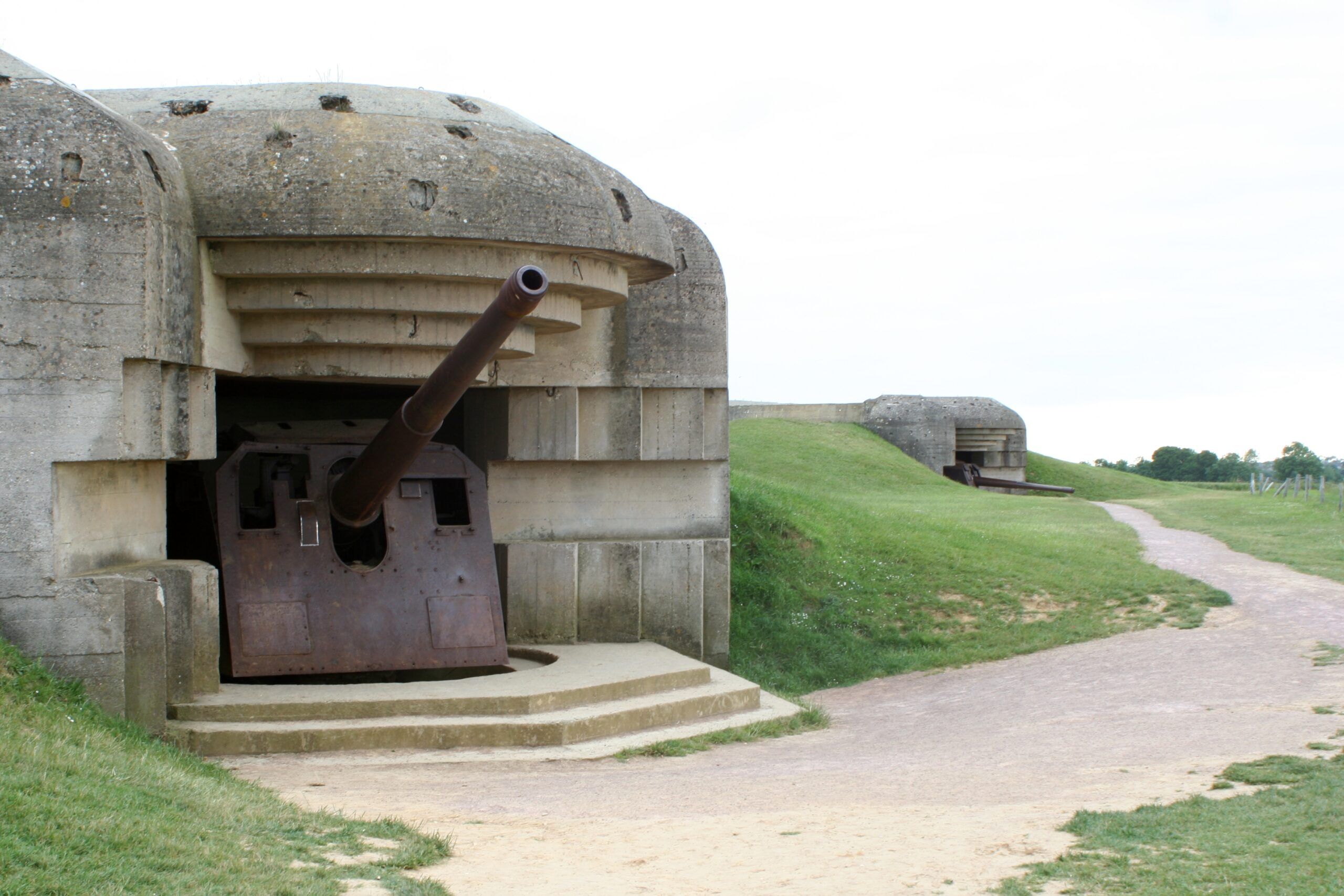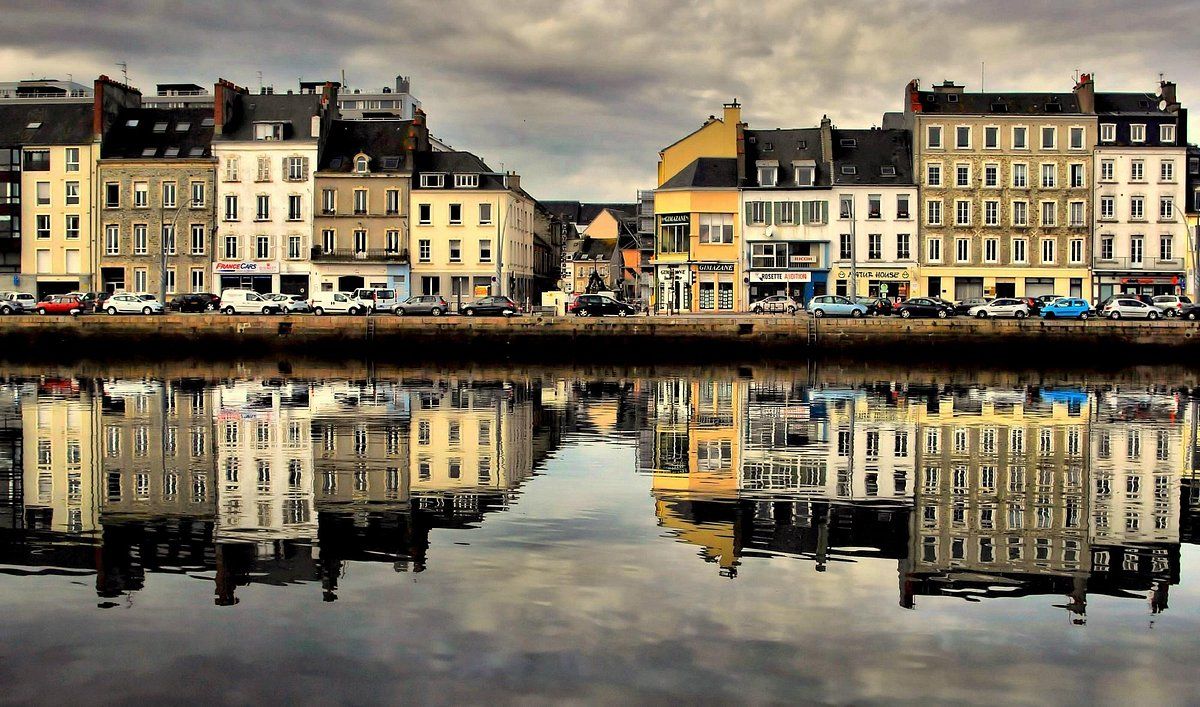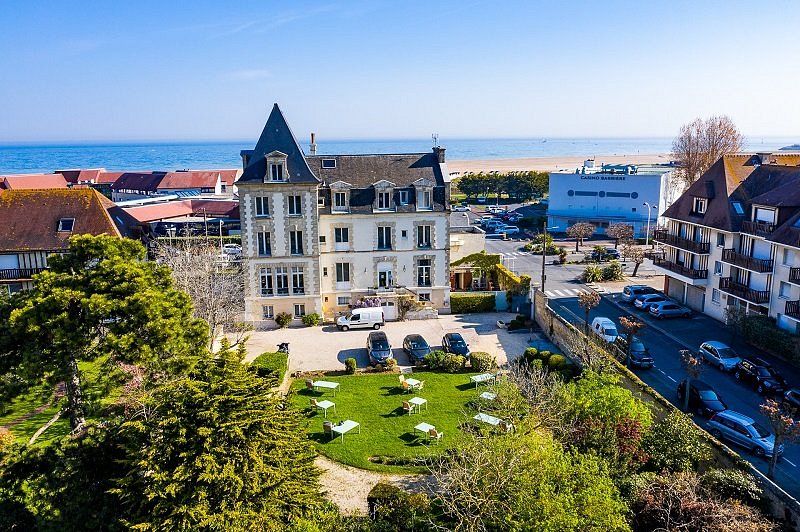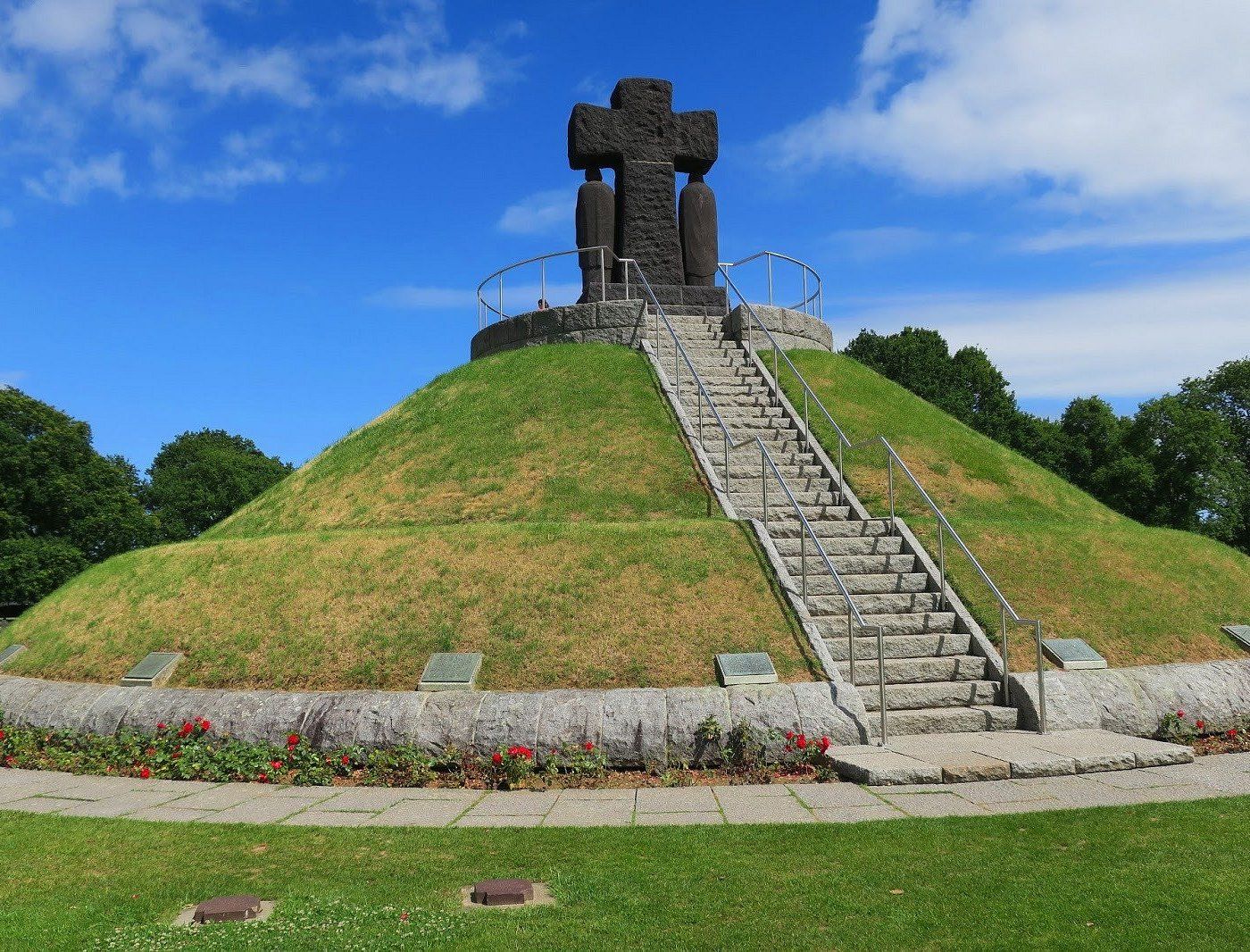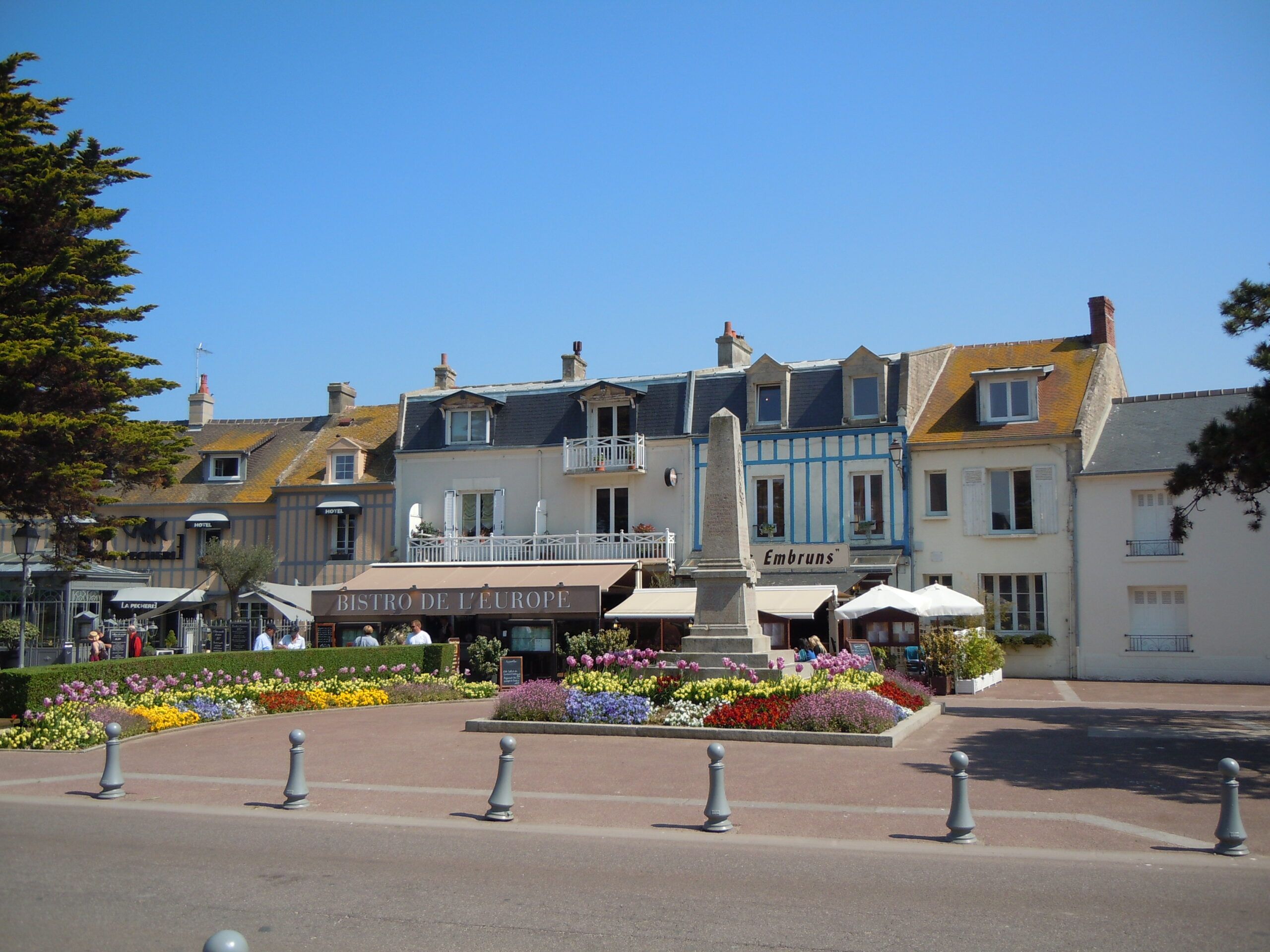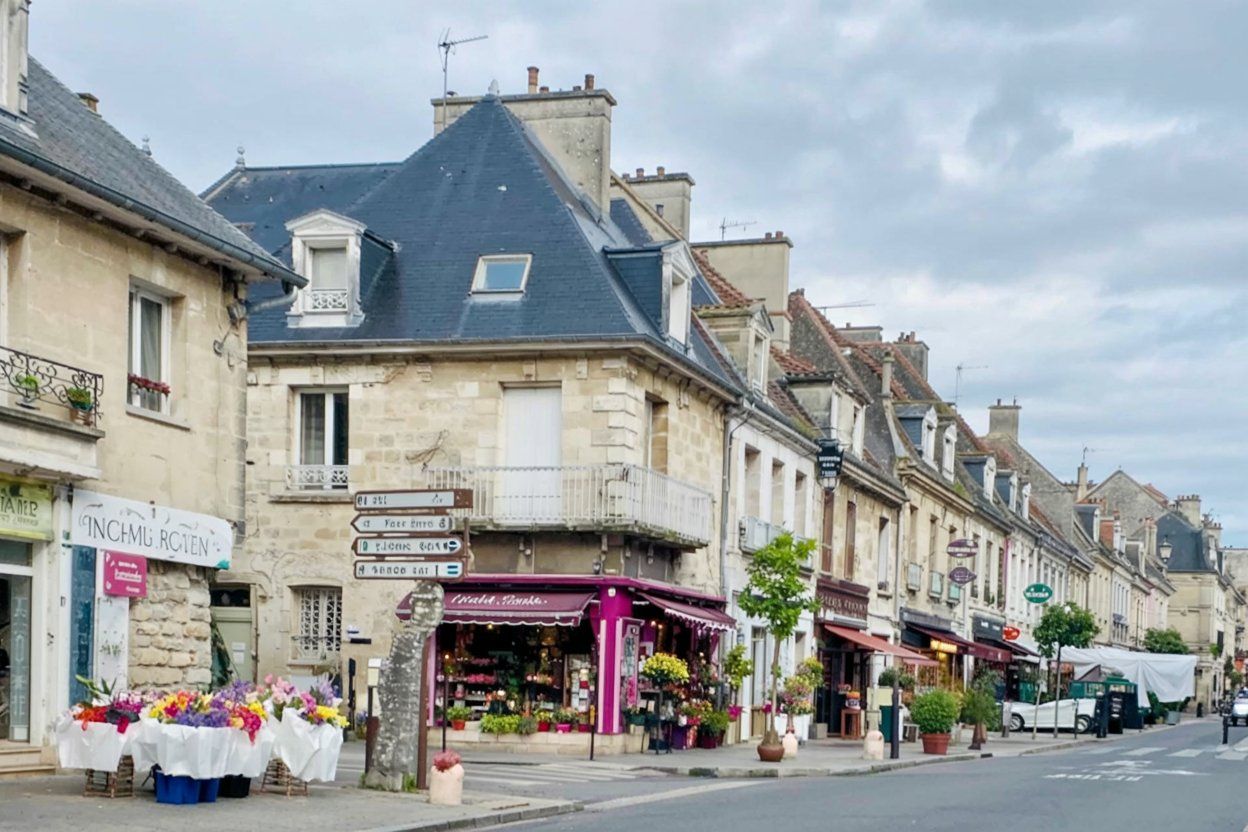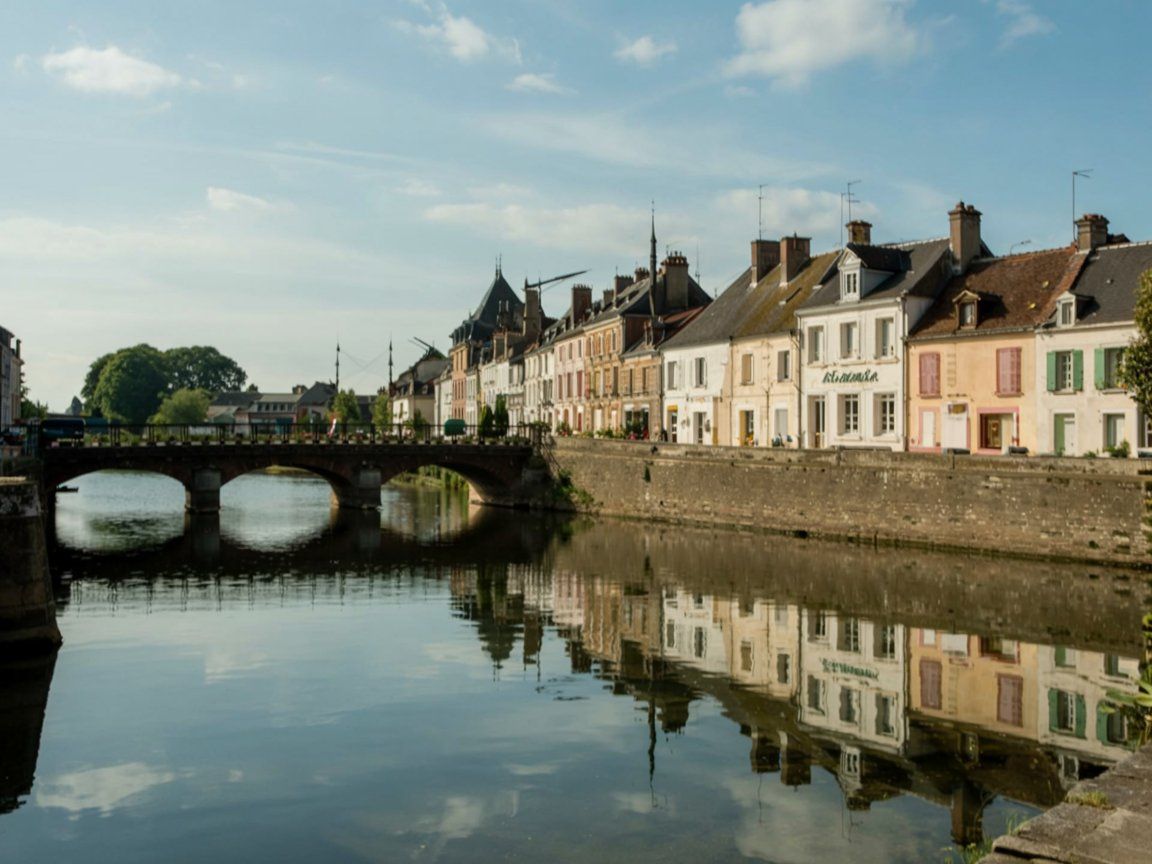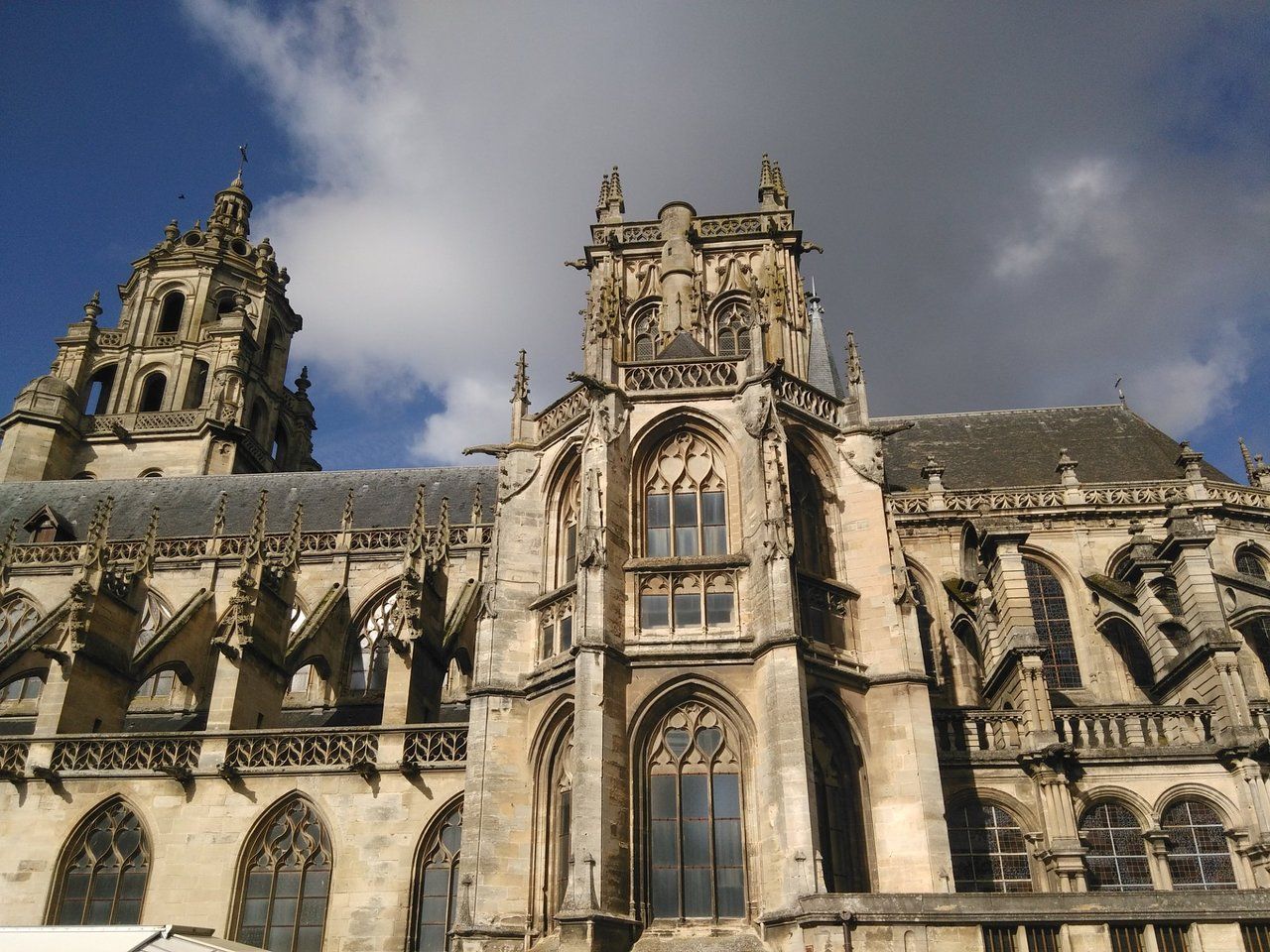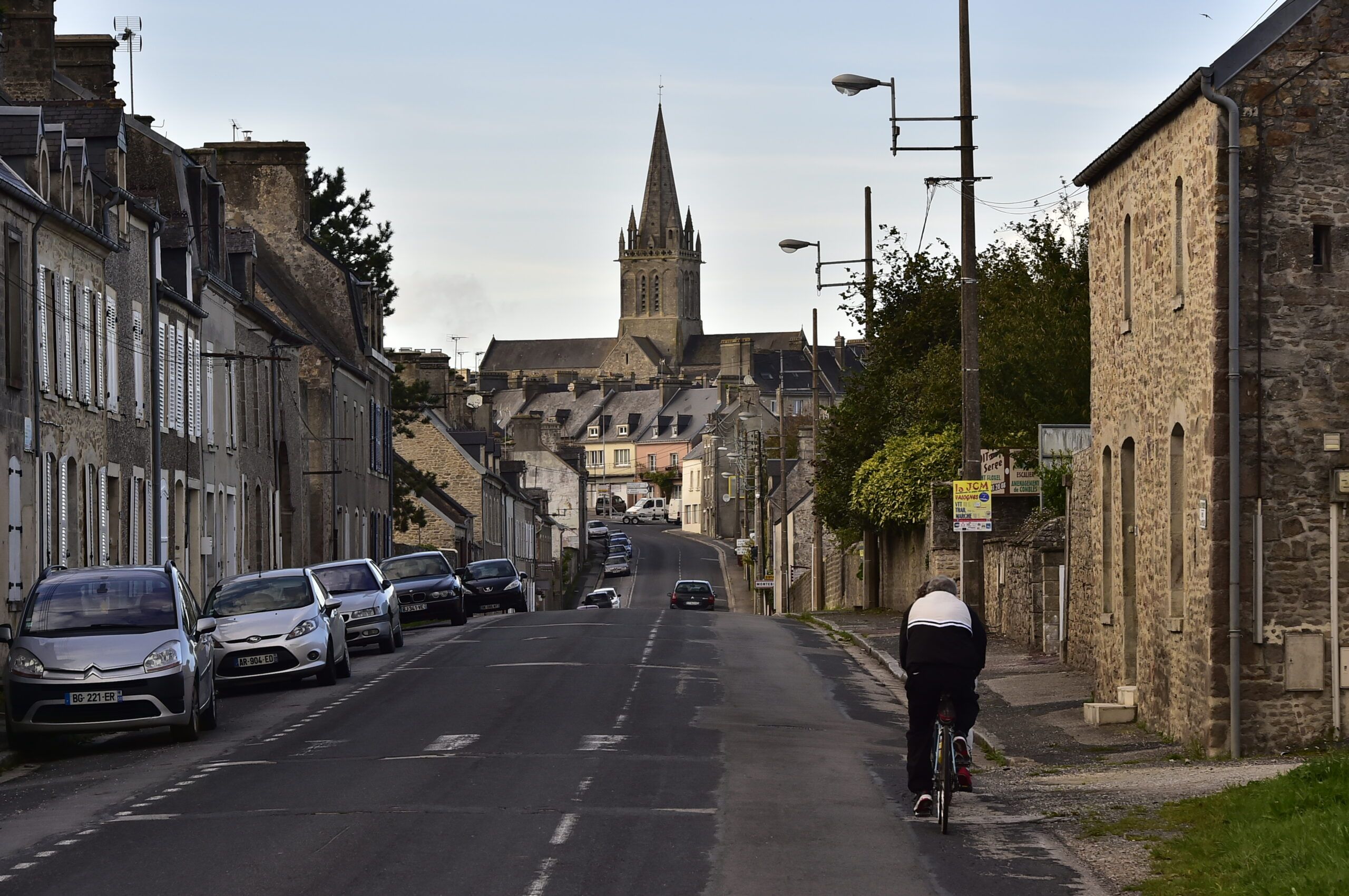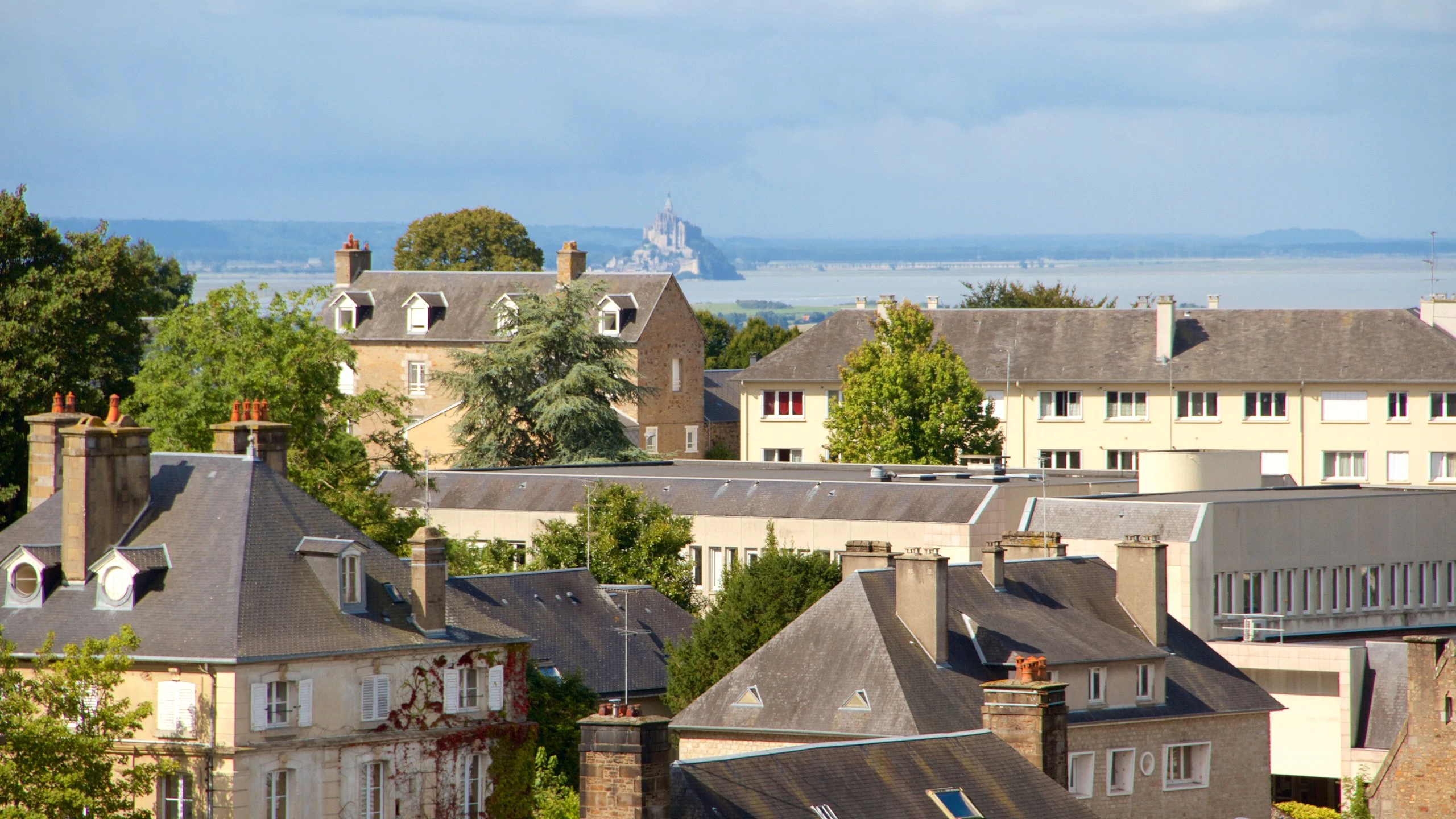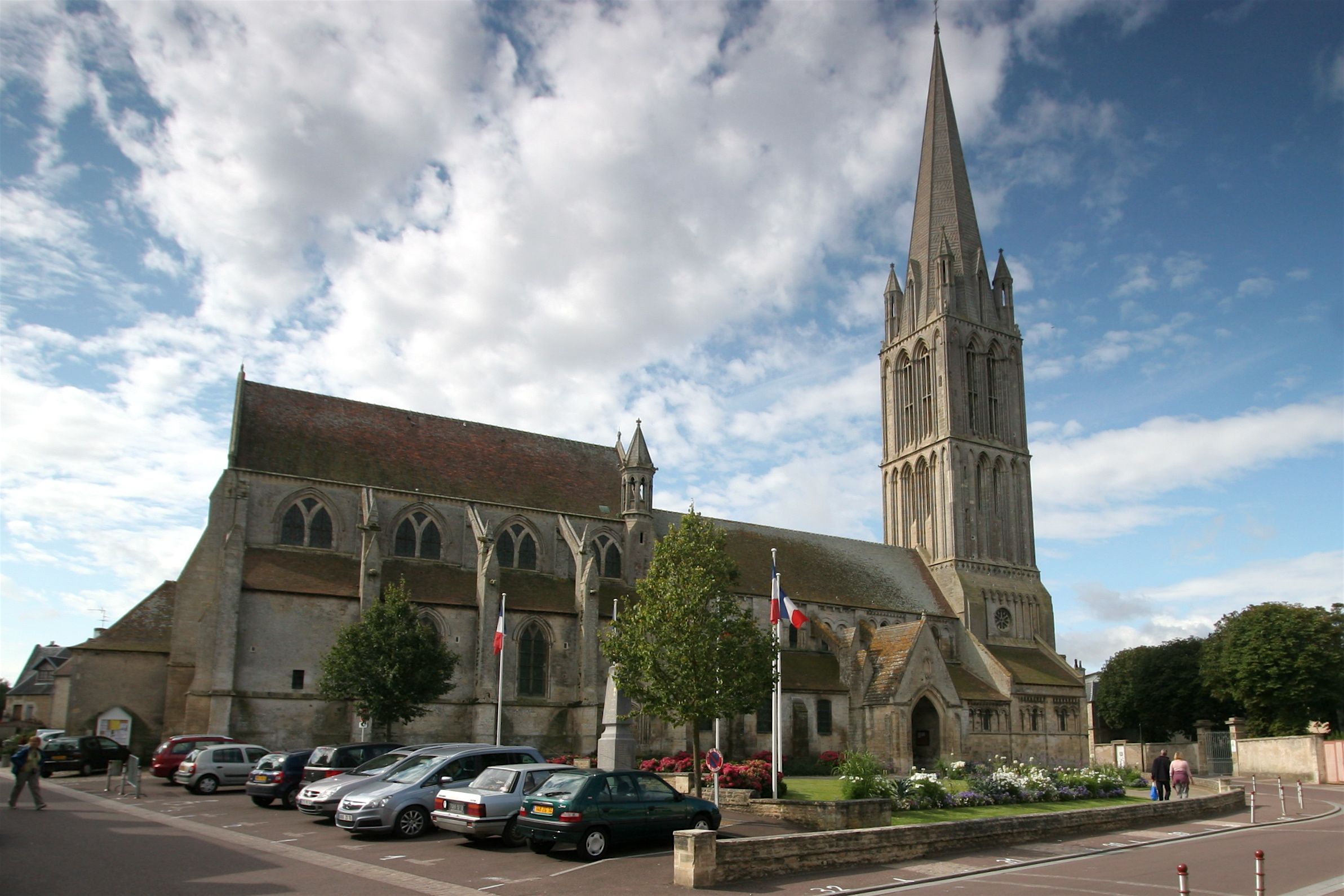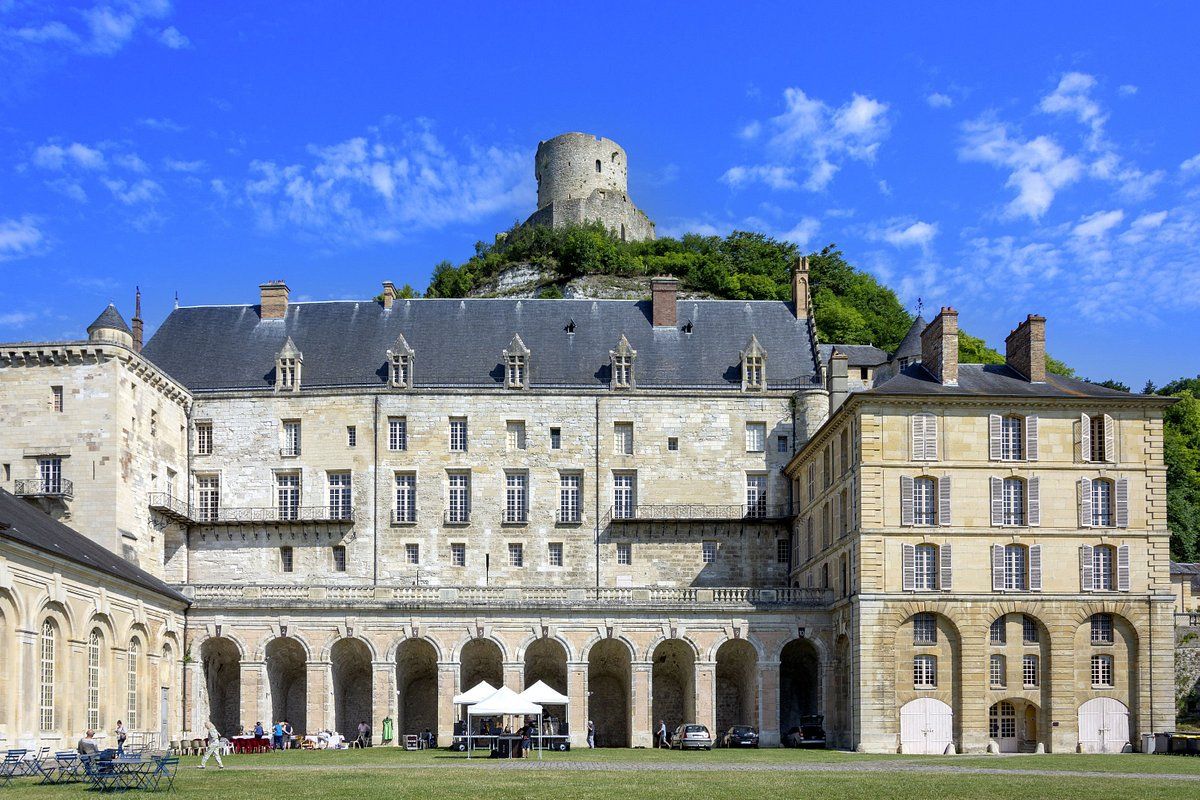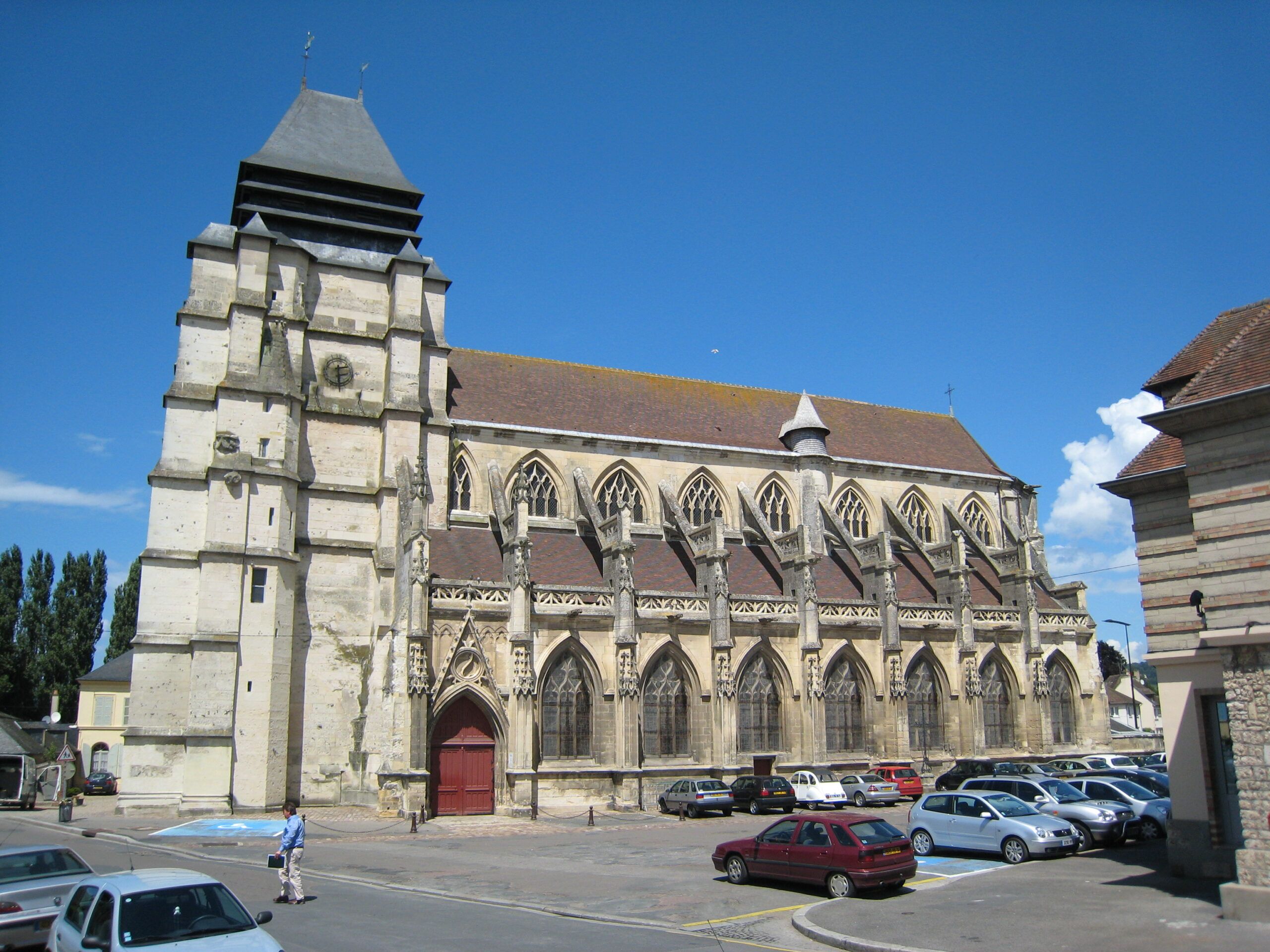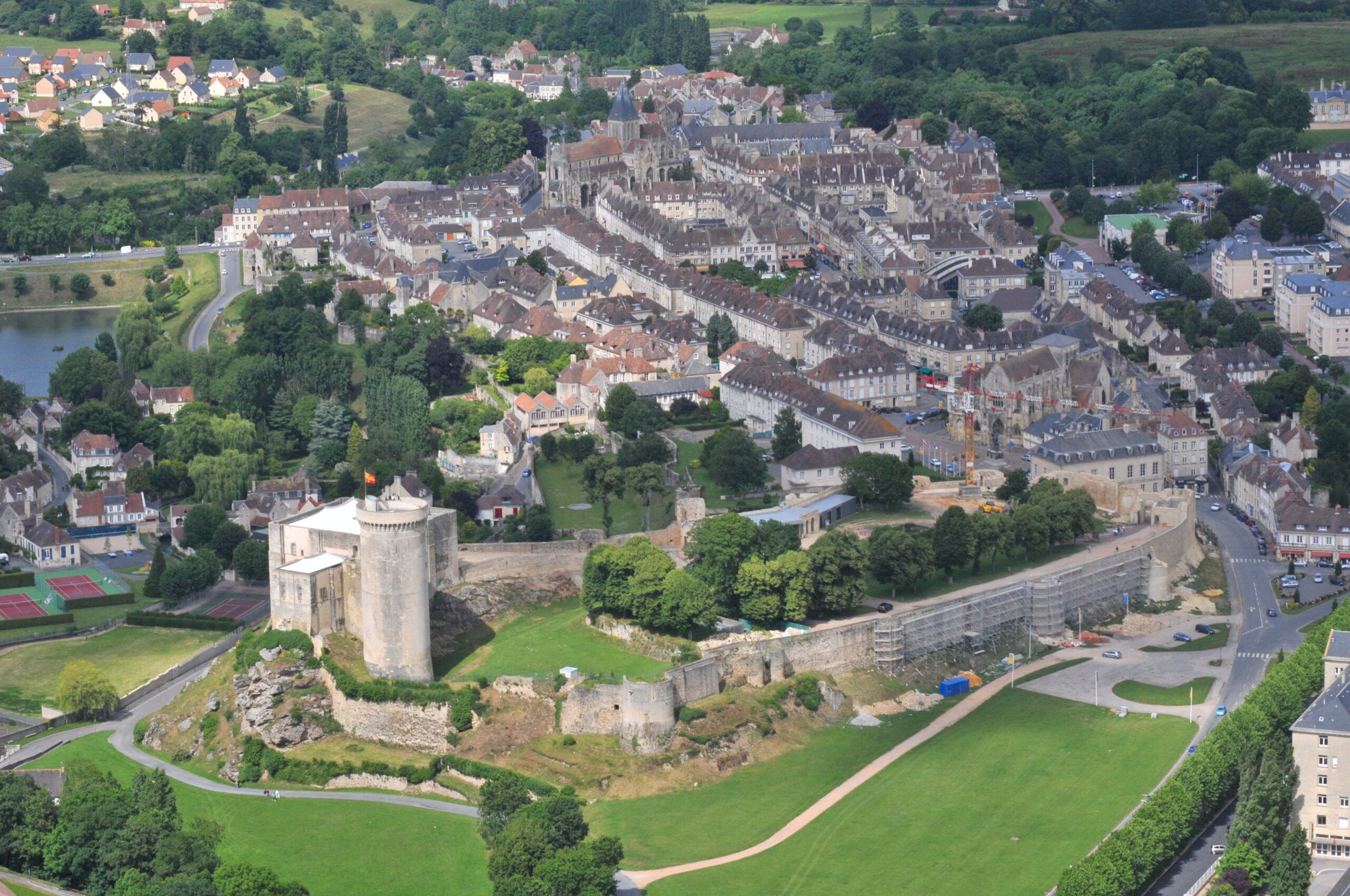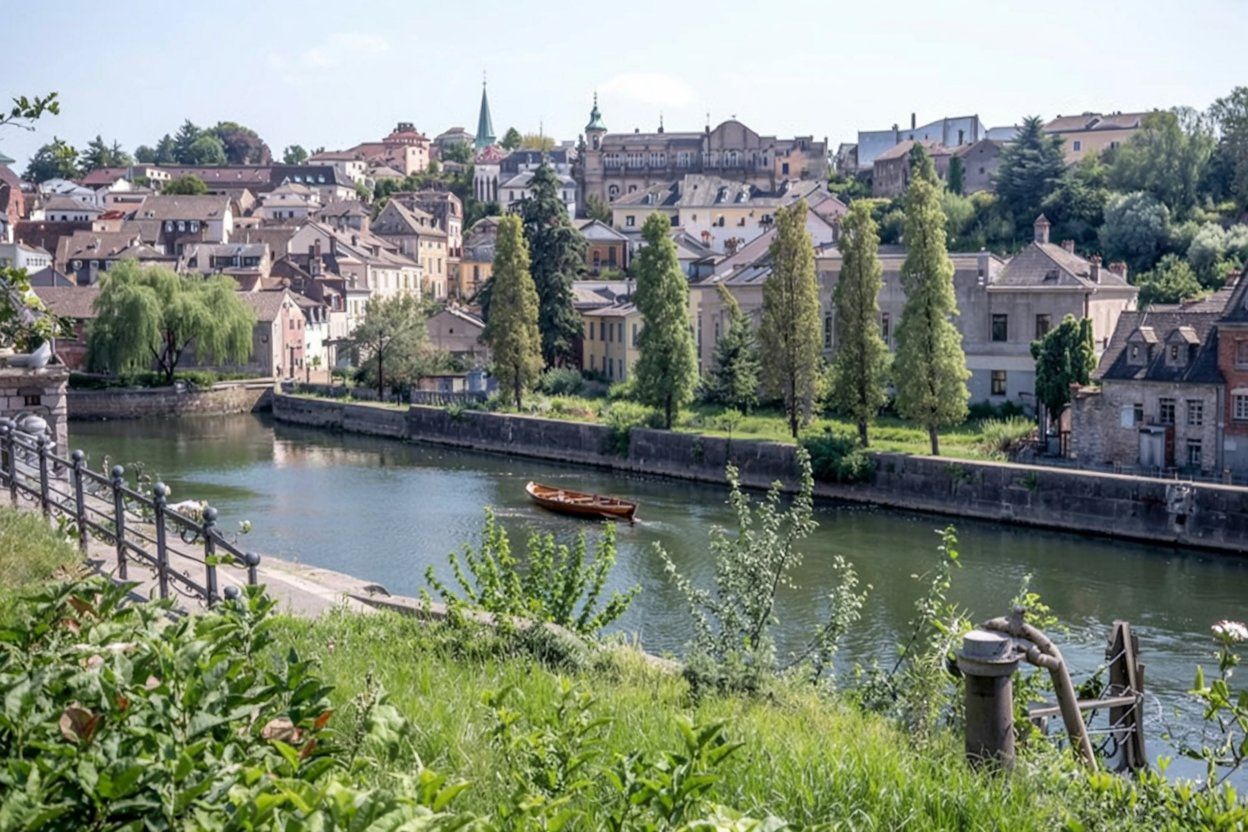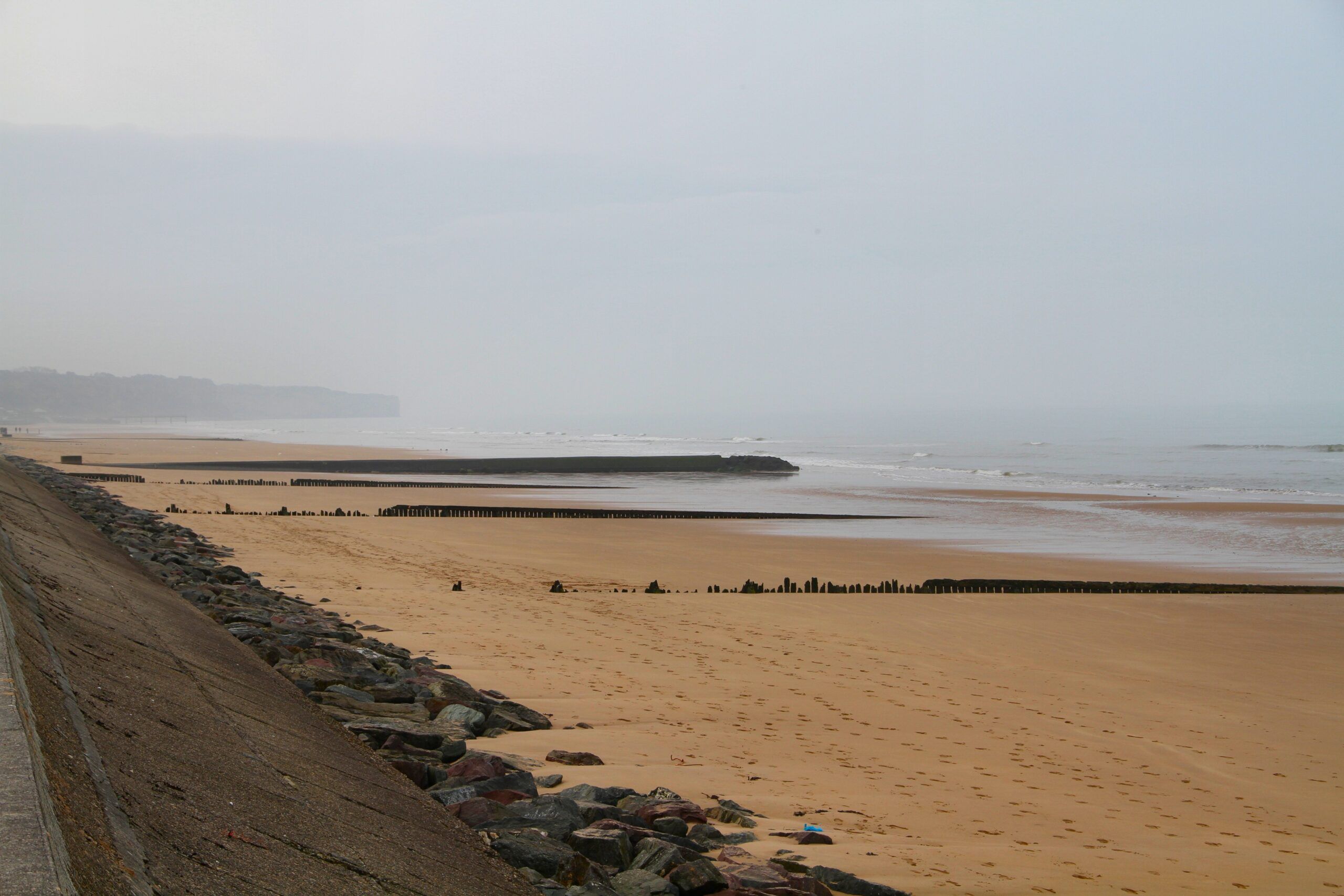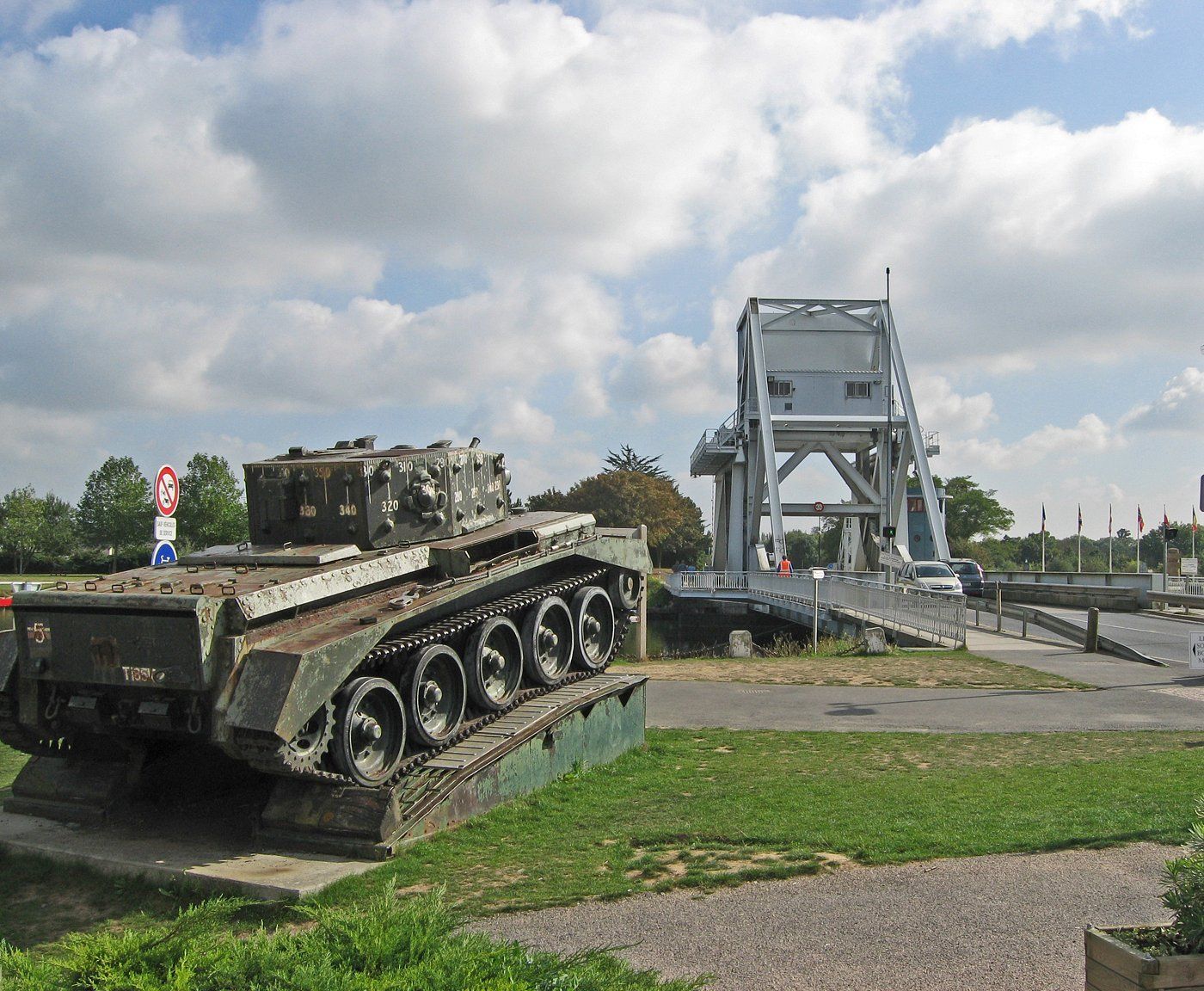Arromanches-les-Bains sits right in the heart of Normandy’s D-Day landing beaches, best known for the haunting remains of its artificial harbor. This little coastal town played a pivotal role in the Allied invasion on June 6, 1944, when engineers managed to create a massive temporary port, letting troops, vehicles, and supplies pour onto French soil. These days, you can stroll the beach where old harbor pieces still jut out of the sea, and visit museums that bring the story alive—including the immersive 360° cinema with real D-Day footage.
Visit Recommended D-Day historic hotels and B&Bs along the invasion beaches.
When you come to Arromanches, you’re walking the same shores where history changed in World War II. The town somehow manages to balance its heavy history with the breeziness of a French seaside community. Whether you prefer English-speaking guides or wandering on your own, there are plenty of ways to learn about the sacrifices made here—plus, the views of the English Channel aren’t bad either.
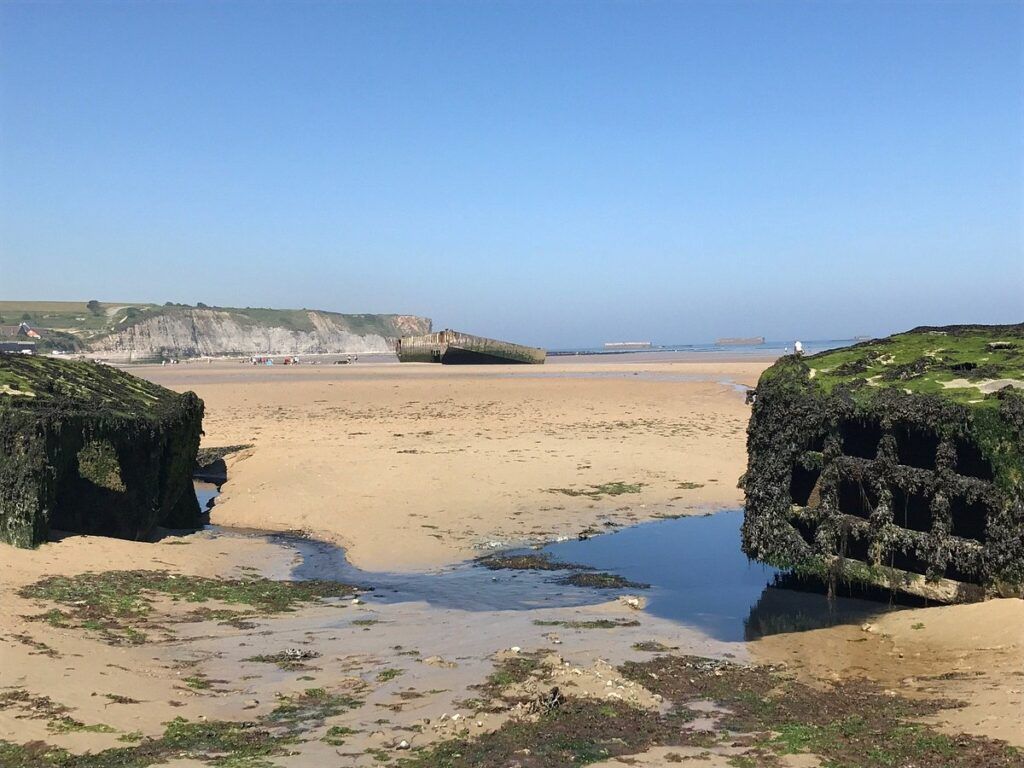
History of Arromanches-les-Bains in WW2
Arromanches-les-Bains was at the center of one of WWII’s most ambitious engineering projects. The D-Day landings and the Allied push into Normandy hinged on what happened here.
Significance During D-Day
On June 6, 1944, Arromanches was part of Gold Beach, one of the five main landing areas for Operation Overlord. The British 50th Infantry Division landed here. Unlike some other beaches, Arromanches wasn’t just about the initial invasion—it was chosen for what would follow.
The Allies picked Arromanches for its spot along the Normandy coast. The gentle slope and natural shelter from the Channel’s currents made it perfect for what planners had in mind.
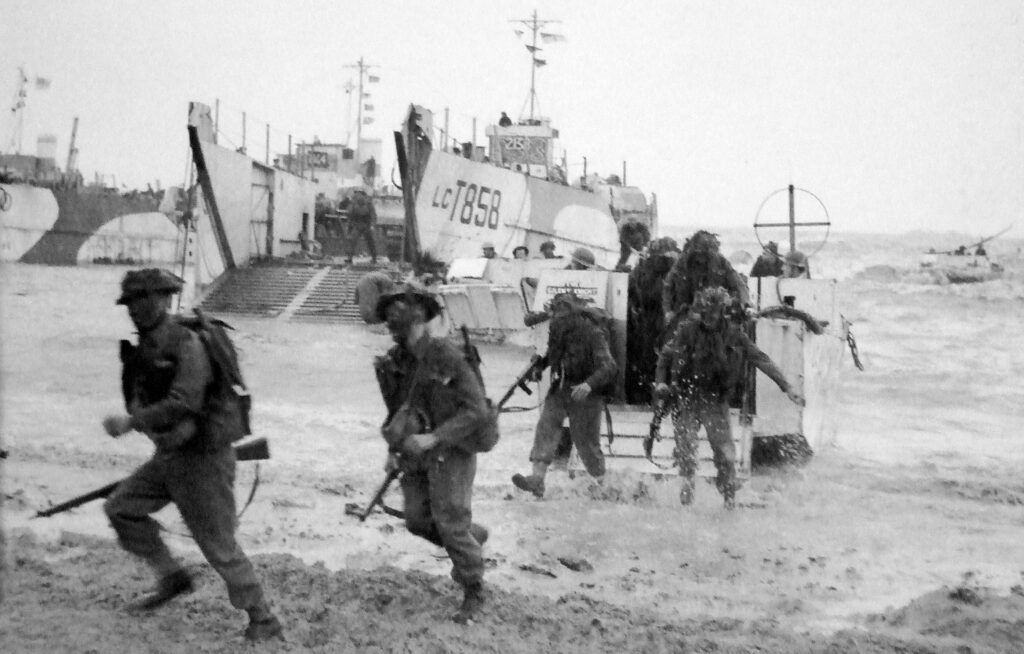
Allied troops secured the town quickly. Fighting here wasn’t as brutal as at places like Omaha, but taking Arromanches fast was essential for the Normandy landings.
Mulberry Harbours and Engineering Feats
The Allies built an artificial port—Mulberry B—at Arromanches. This wild feat of engineering let them funnel supplies straight to the front. Without it, the invasion may well have faltered.
Main Parts of Mulberry B:
- Massive concrete caissons (Phoenix units) for breakwaters
- Floating roadways (Whale units) connecting ships to shore
- Floating piers (Spud units) for unloading
- Blockships (Gooseberries) to calm the waters
Construction started right after D-Day. Within days, the harbor was handling thousands of tons of supplies daily. It even survived a brutal storm in June that wiped out the American Mulberry A at Omaha Beach.
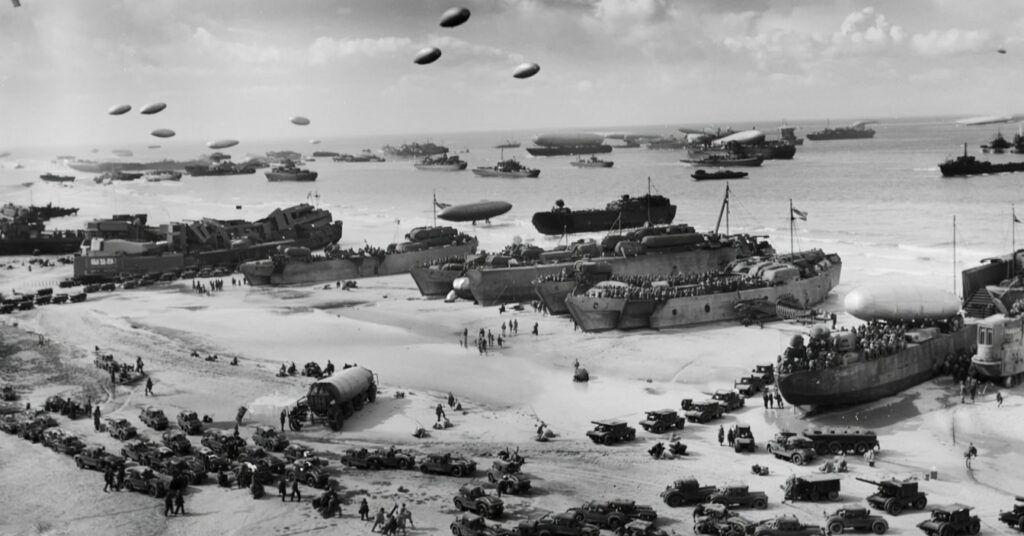
By late August 1944, more than 2.5 million men, 500,000 vehicles, and 4 million tons of supplies had come through this temporary port. That’s hard to even imagine.
Role of Allied Forces
British forces led the charge at Arromanches, but American and Canadian troops used the harbor too. The British 50th Division took the town, while Royal Engineers built the port.
The Royal Navy kept watch, guarding the harbor from German attacks and U-boats. Harbor staff worked non-stop to keep supplies moving.
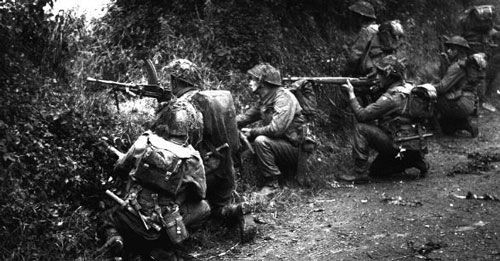
Locals pitched in as well, helping with construction or sharing info about German defenses. This teamwork between military and civilians made a real difference.
The harbor stayed in use for ten months—way longer than the three months they’d planned. That extra time helped the Allies keep pushing into Nazi-occupied Europe.
Must-See D-Day Sites in Arromanches-les-Bains
Arromanches-les-Bains is packed with D-Day history. The artificial harbor built here was a game-changer, and people still come from all over to see what’s left.
Arromanches-les-Bains Beach Remnants
The beach at Arromanches was part of Gold Beach on D-Day. British troops landed here as part of the Allied invasion of Nazi-occupied France.
Now, you can walk the same sand where thousands of soldiers came ashore. The remaining harbor structures are right offshore, easy to spot.

At low tide, you can get up close to some of the old concrete pieces. The beach is great for photos—historic remnants on one side, classic Norman coastline on the other.
Signs along the beachfront explain what happened here and why the location was perfect for the harbor project.
D-Day Museum
The Musée du Débarquement (D-Day Museum) is just steps from the beach, and it’s the best place to get your head around the artificial harbor’s scale. Opened in 1954, it was actually the first museum dedicated to the Normandy landings.
Inside, there’s a detailed working model of the whole harbor system, plus films and photos showing how they built and ran it in 1944.
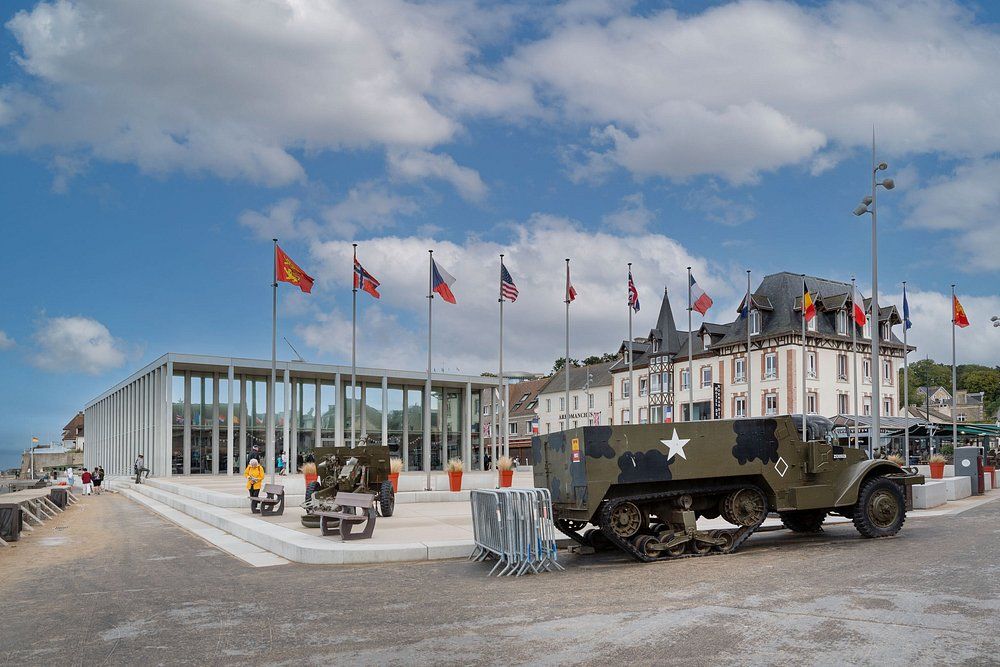
Highlights include:
- Original harbor equipment
- Personal items from soldiers
- A 360° theater with historic footage
- Maps and tactical displays
Big windows look out over the beach, so you can compare the models to the real thing—not a bad way to connect past and present.
Mulberry Harbour Remains
The Mulberry Harbour is one of WWII’s boldest engineering moves. After D-Day, the Allies had to get supplies to the front, so they built artificial harbors—on the fly.
Huge concrete caissons (“Phoenix” units) were towed across the Channel and sunk to make breakwaters. Floating roads linked them to the shore, so vehicles and supplies could roll right in.
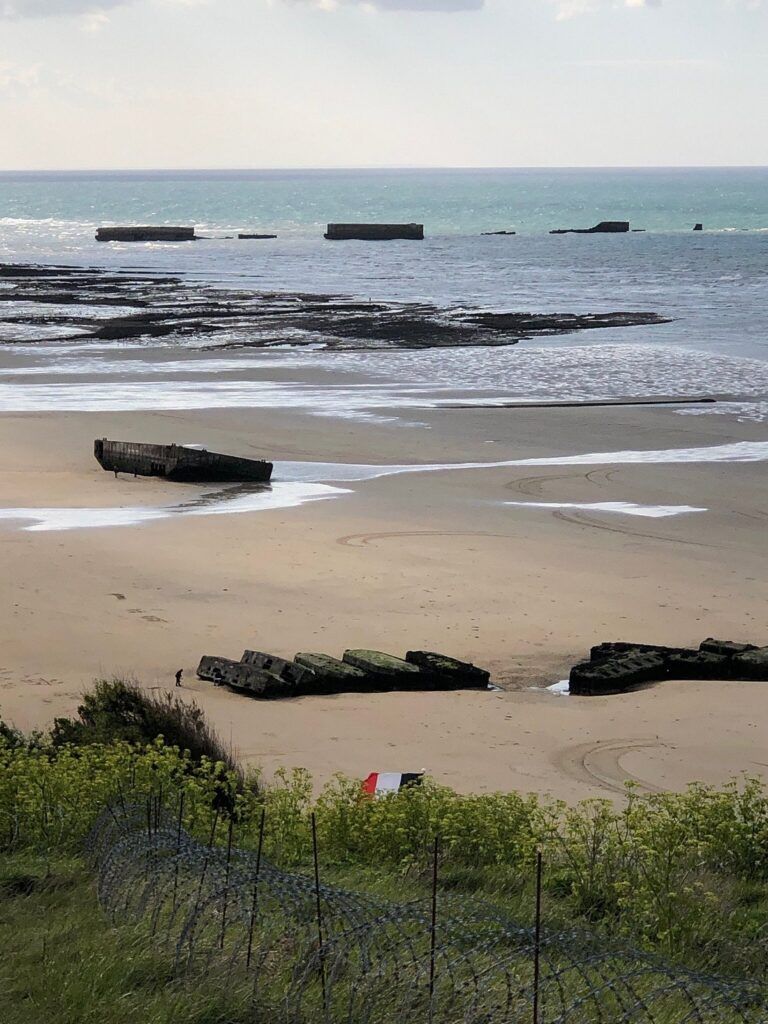
You can still see many of these concrete blocks offshore. At low tide, some stick out even more. They’ve survived decades of storms—pretty impressive.
Best spots for a view:
- The beachfront promenade
- The cliff-top platform near the museum
- The west end of the beach when the tide’s out
These aren’t just relics—they show what people can pull off when it really matters.
Stay steps from Omaha Beach and historic landmarks. Best rates on local accommodations.
Top Experiences and Activities
Arromanches-les-Bains mixes D-Day history with classic French seaside vibes. Whether you’re into guided tours, 4WD adventures, or just wandering, there’s something for everyone.
Guided Tours and Walking Routes
Guided walking tours of the harbor remains are a favorite way to explore. They usually last 2-3 hours, with guides who know their stuff and share stories from June 1944.
The D-Day Landing Beaches Half-Day Tour from Bayeux gets rave reviews. It covers the main sites in about 4-5 hours, with transport included.
If you prefer going solo, pick up a map from the tourist office. Self-guided walks include:
- Harbor View Path (1 hour)
- Beach Defense Walk (45 minutes)
- Town and Memorial Route (90 minutes)
You can also rent audio guides at the Arromanches 360° Cinema for a more independent visit.
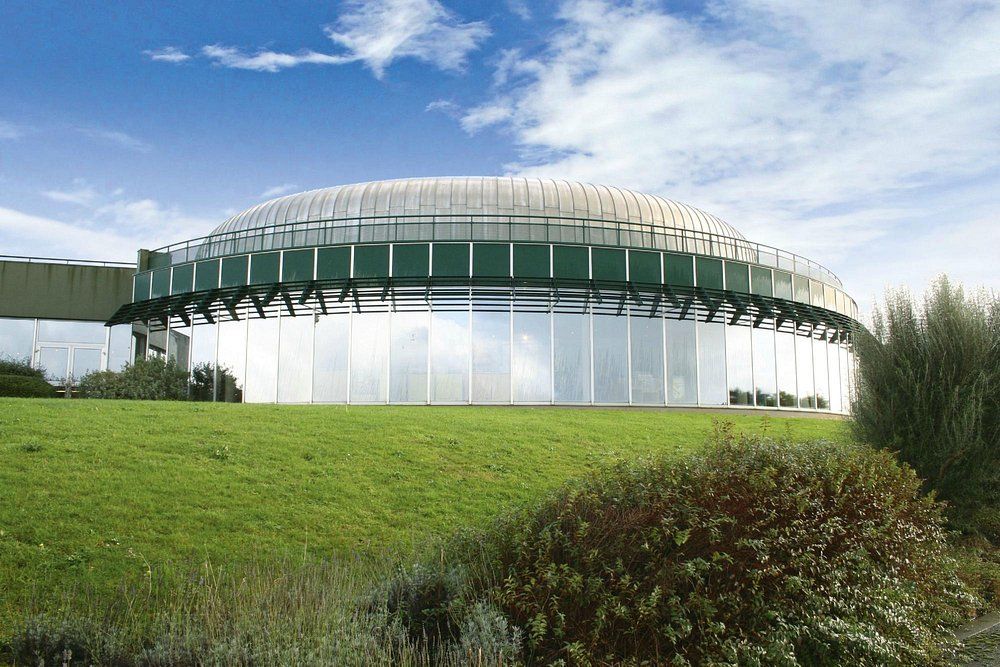
Recommended D-Day Tours from Bayeux:
- From Bayeux: American D-Day Sites in Normandy Full-Day Tour
- From Bayeux: American D-Day Sites in Normandy Half-Day Tour
- From Bayeux: Half-Day Normandy WWII Sidecar Tour
- Full-Day US Battlefields of Normandy Tour from Bayeux
Private Sightseeing and Specialty Tours
Private tours let you set the pace and focus on what interests you most. Local guides can tailor tours for small groups—whether you’re into military tactics or have family connections to D-Day.
Specialty tours might include:
- Photography walks for the best shots
- Engineering-focused tours of the Mulberry Harbor
- Military history tours with expert historians
- Family-friendly tours with kid-appropriate info
Most private tours include hotel pickup and comfy transport. Prices range from €150-300 depending on group size and how long you want to go. Some guides can get you into spots not usually open to the public, or even introduce you to locals who remember the liberation. If you want something special, book early, especially in summer.
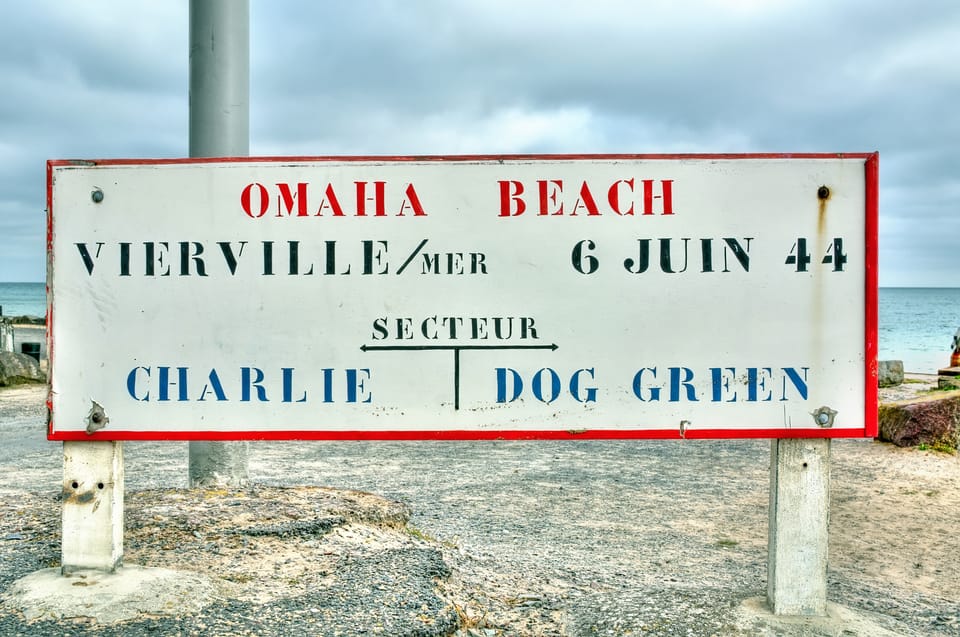
Day Trips to Surrounding Sites
Arromanches is a great jumping-off point for other D-Day locations. Popular day trips pack several sites into one organized tour, usually 8-10 hours long.
Top stops:
- Omaha Beach (about 30 minutes away)
- American Cemetery at Colleville-sur-Mer
- Pointe du Hoc Ranger Monument
- Caen Memorial Museum (one of the best WWII museums)
- Bayeux with its tapestry and war cemetery
You can do full-day tours from Paris, but it’s a long haul (over 3 hours each way). Staying local and taking half-day tours is a lot less tiring.
Most tours include transport and museum entry, but lunch is usually on you. Set out early to beat the afternoon crowds.
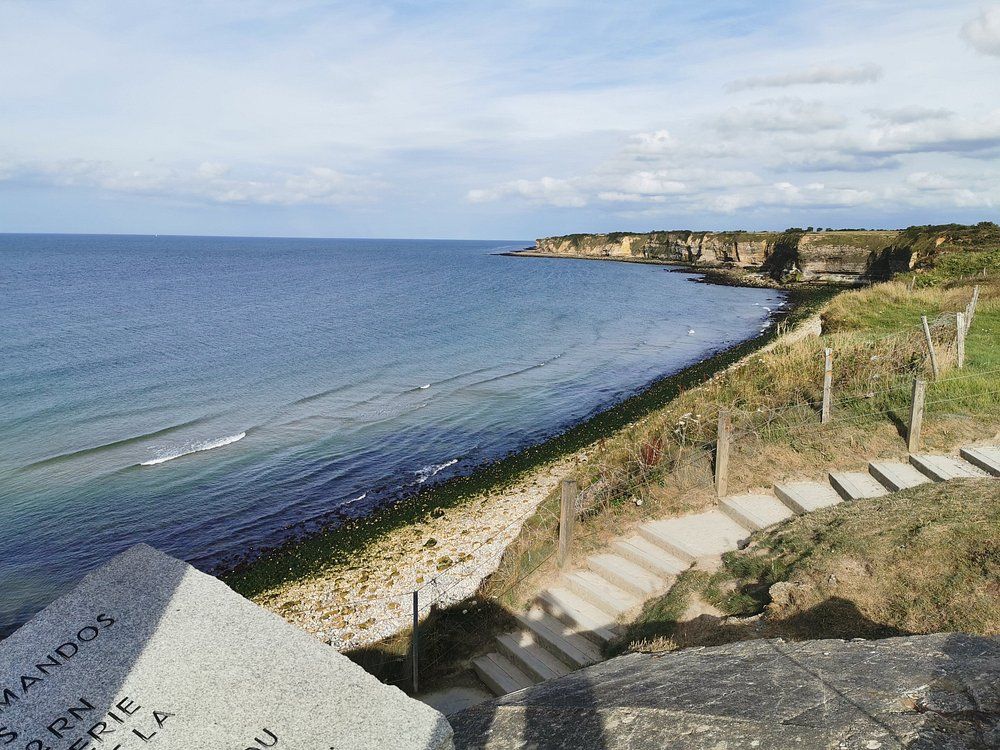
4WD and Adventure Tours
If you want something more hands-on, 4WD tours take you into less accessible areas around Arromanches. These follow the paths Allied troops used after landing.
Some use restored military Jeeps, bouncing across fields and up to viewpoints that big buses can’t reach. Groups are small—usually 4-6 people—for a more personal feel.
Beach tours at low tide let you get right up to the harbor remains. These depend on the weather and tides, so timing is everything.
Some adventure tours mix off-road driving, coastal hiking, beach walks, and village stops. They usually run 3-4 hours and require a bit of fitness. Bring weather-appropriate clothes and sturdy shoes—operators provide the rest, including safety gear and sometimes snacks.
Nearby D-Day Beaches and Historical Sites
Arromanches is smack in the middle of Normandy’s D-Day beaches, so it’s perfect for exploring the region’s WWII sites. Within a quick drive, you can hit several beaches where the Allies landed, plus other key locations from Operation Overlord.
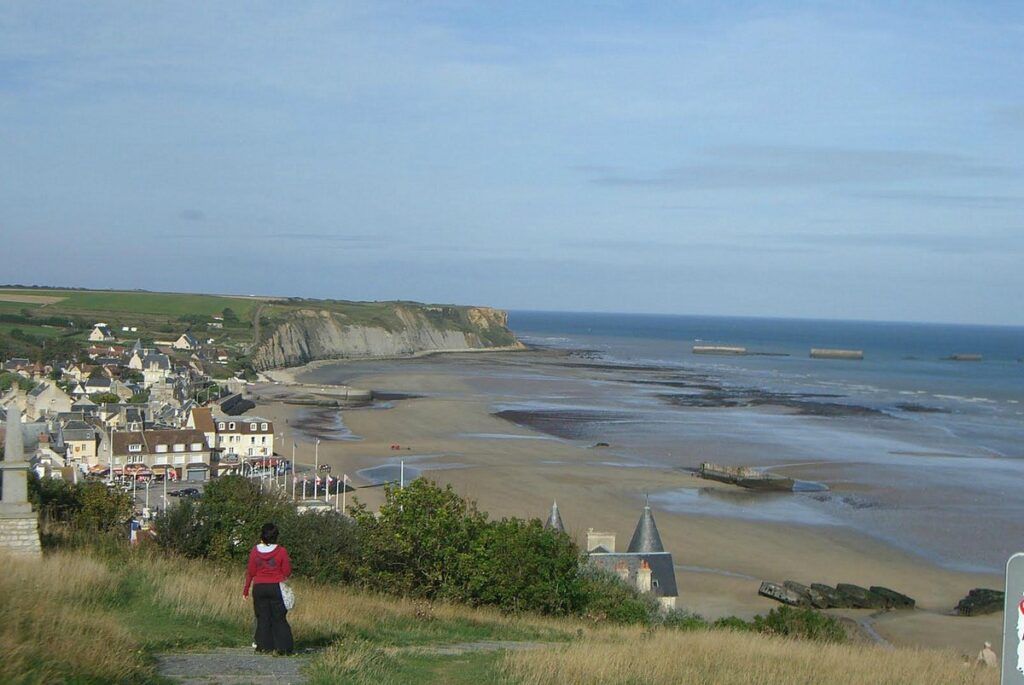
Omaha Beach and Normandy American Cemetery
Omaha Beach, about 25 km west of Arromanches, saw some of D-Day’s worst fighting. American troops faced brutal resistance here, losing nearly 2,000 men. Today, the beach is peaceful, but it’s impossible to forget what happened in 1944.
Up on the bluff at Colleville-sur-Mer is the Normandy American Cemetery, where 9,388 American soldiers are buried. The visitor center tells their stories through exhibits and personal accounts. Walking among the white crosses and Stars of David is a sobering experience—there’s really nothing else like it.
Juno Beach and Beny-sur-Mer
Juno Beach, just 8 km east, was where Canadian forces landed. The Canadians pushed further inland than any other Allied troops on D-Day, even with tough resistance.
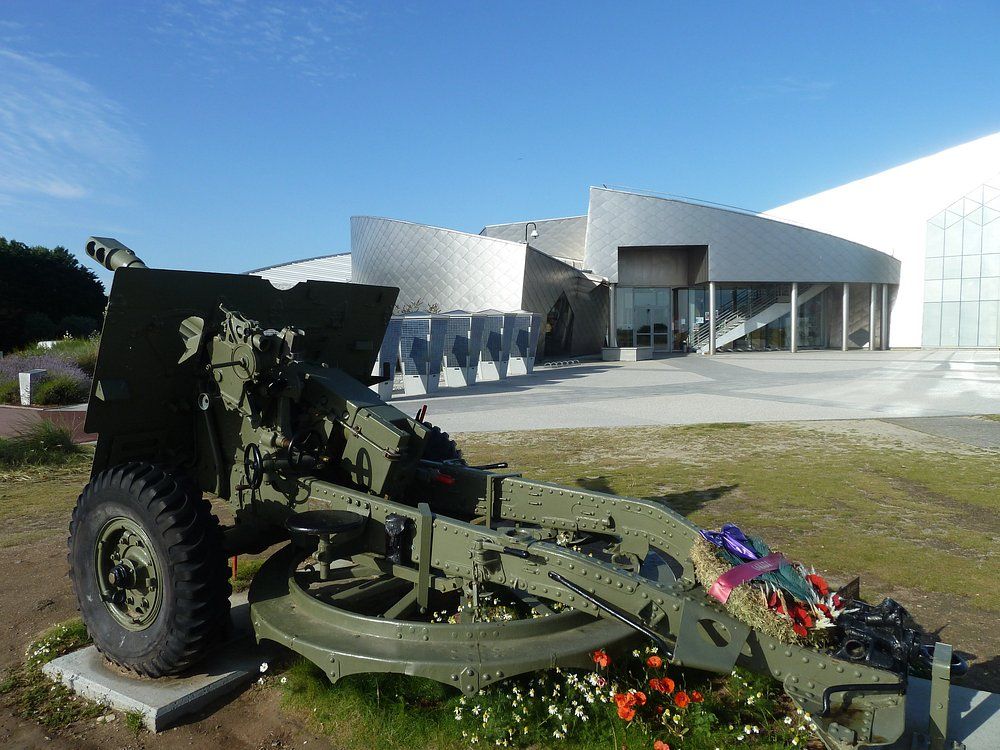
The Juno Beach Centre in Courseulles-sur-Mer brings Canada’s WWII story to life, with interactive exhibits and guided tours of the beach and bunkers.
Nearby, the Beny-sur-Mer Canadian War Cemetery holds 2,049 Canadian soldiers—many killed on D-Day or in the battle for Caen. It’s a quiet, moving place.
Utah Beach and Sainte-Mere-Eglise
Utah Beach, the westernmost landing spot, is about 40 km from Arromanches. American troops faced lighter resistance here—just 197 casualties out of 23,000 men.
The Utah Beach Museum uses personal stories, vehicles, and artifacts to tell the story. There’s even a rare B-26 Marauder bomber on display.
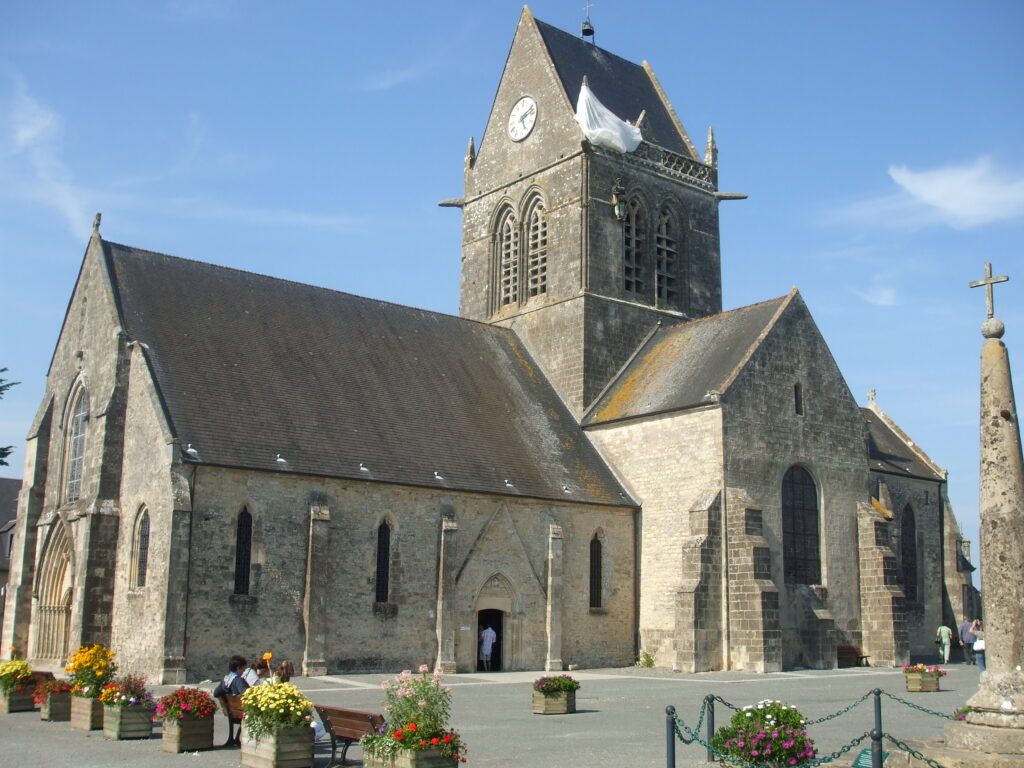
Sainte-Mere-Eglise, nearby, is famous for the American paratrooper John Steele, whose parachute got caught on the church steeple during the night drops. There’s a mannequin hanging from the church as a tribute, and the Airborne Museum covers the 82nd and 101st Divisions’ stories.
Longues-sur-Mer German Battery
Just 5 km west of Arromanches, the Longues-sur-Mer Battery still has four huge concrete casemates with 150mm guns. It’s the only German coastal battery in the area officially listed as a “historical monument.”
This battery fired at Allied ships on D-Day until British warships knocked it out. The observation bunker, perched on the cliff, gave German defenders a clear view of the invasion fleet.
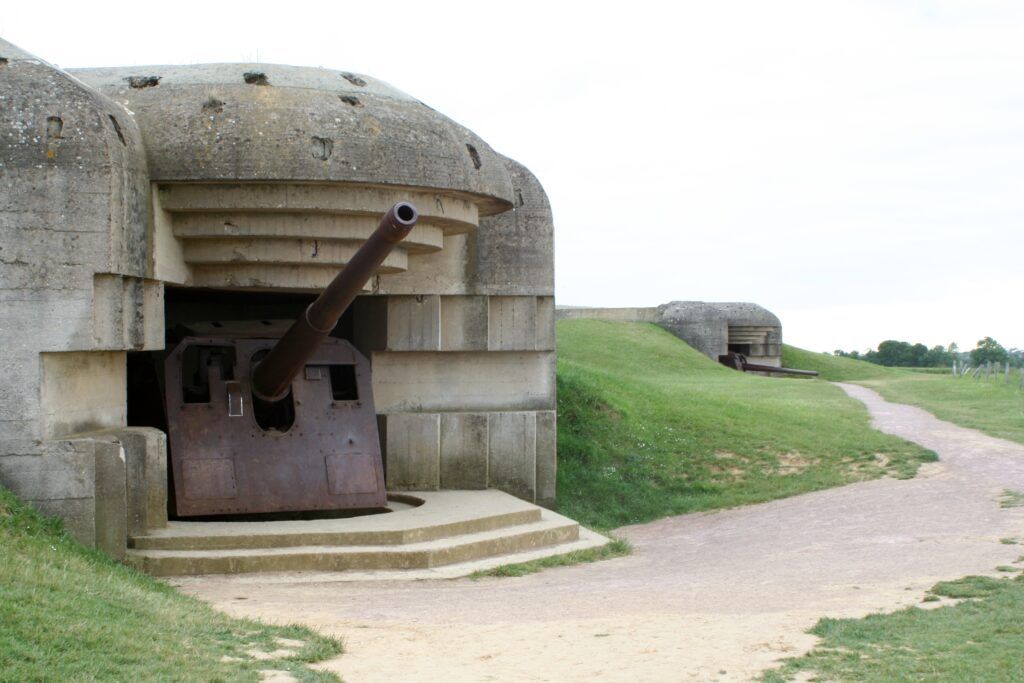
You can walk into the gun emplacements and the observation post. Standing there, you get why the Allies saw this battery as such a threat.
Find the perfect base for exploring Utah Beach, Pointe du Hoc, and beyond.
Planning Your Trip to Arromanches-les-Bains
Visiting Arromanches-les-Bains takes a bit of planning, but it’s worth it. The town is a unique blend of WWII history and seaside charm. Some times of year are definitely better than others, though.
Traveling from Paris
It’s about 270 km (168 miles) from Paris to Arromanches. The easiest way is to take a train from Paris Saint-Lazare to Bayeux (2-2.5 hours), then grab a taxi or bus for the last 10 km.
If you rent a car, you’ll have more freedom, and the drive is about 3 hours on the A13 highway. This is ideal if you want to hit several D-Day sites on your own schedule.
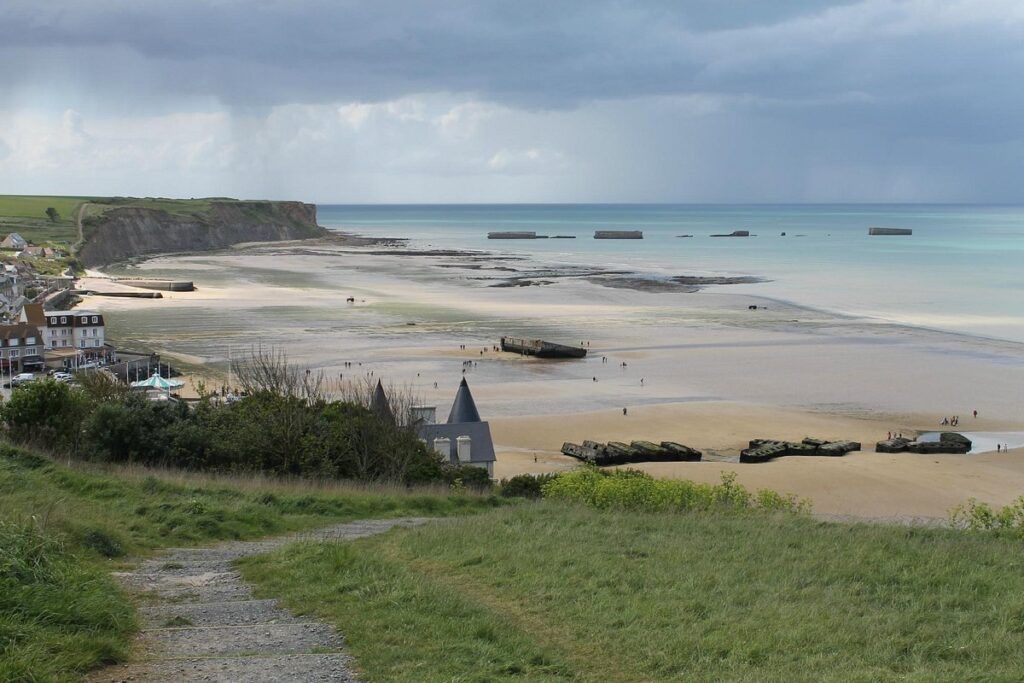
Buses also run from Paris to Normandy cities like Caen, where you can switch to local transport. Plenty of visitors just book organized day tours from Paris, which include Arromanches and the main D-Day beaches.
Recommended D-Day Tours from Paris:
- From Paris: Normandy D-Day Beaches Day Trip
- From Paris: 2-Day Normandy & Brittany Tour
- Normandy American D-Day Experience (From Bayeux Station)
Best Time to Visit
Peak season is June through August—warmest weather and longest days. June is extra special with D-Day anniversary events on June 6th, drawing veterans and history buffs.
April-May and September-October are quieter and cooler, with fewer crowds—a more relaxed vibe, but still good weather for exploring.
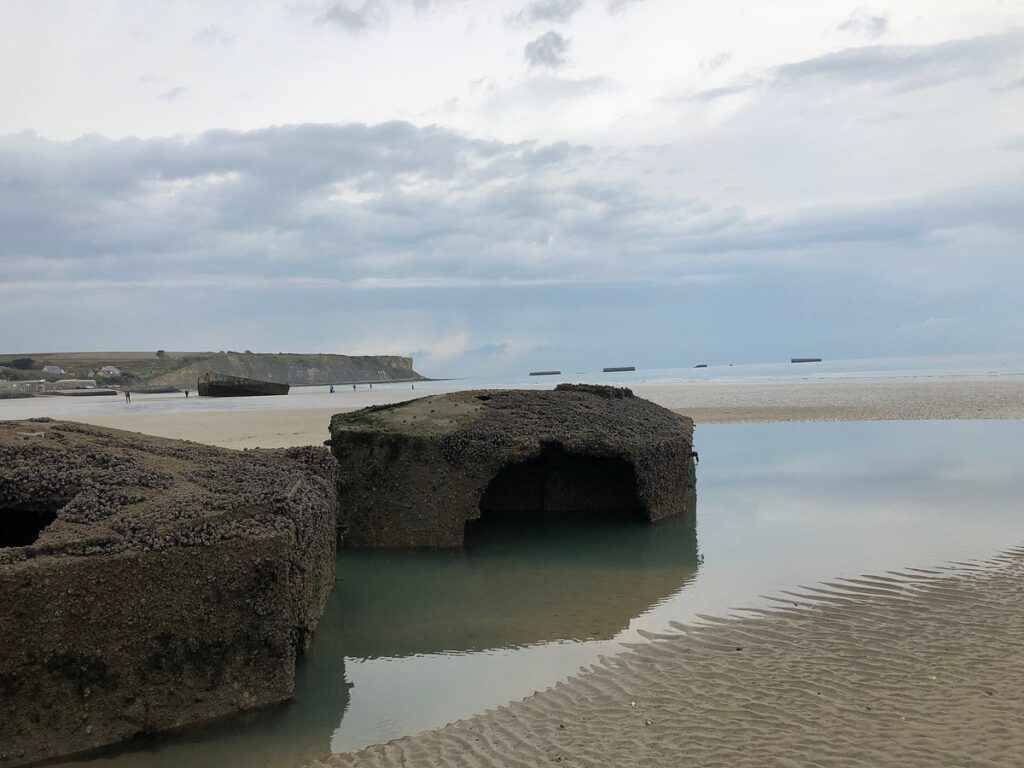
Winter (November-March) is very quiet, with much fewer tourists. Some smaller attractions close, and the days are short and chilly, but there’s something special about having the place almost to yourself.
Normandy weather is famously unpredictable. Bring layers and a rain jacket, no matter when you go.
Proximity to Other Normandy Attractions
Arromanches is right in the D-Day zone, so it’s a perfect base for visiting other sites. Omaha Beach and the American Cemetery are just 12 km west, while Gold Beach is literally at your doorstep.
Bayeux, home of the legendary tapestry, is only 10 km south—a great spot for an overnight stay. Caen, with its Memorial Museum, is 25 km east and has more hotel options.
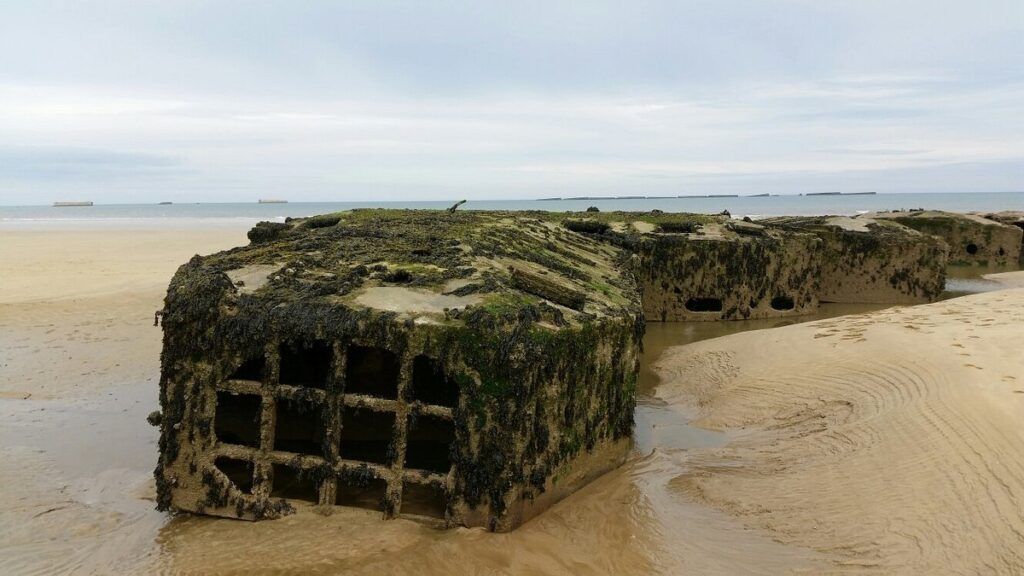
Other nearby attractions:
- Utah Beach (40 km west)
- Pointe du Hoc (20 km west)
- Pegasus Bridge (35 km east)
- Juno and Sword beaches (10-15 km east)
A rental car gives you the most freedom, but guided tours from Bayeux or Caen can cover a lot in a day.
Where to Eat in Arromanches-les-Bains
Arromanches has a surprisingly good food scene—local Norman dishes, fresh seafood, and some killer views of the historic beaches. Whether you want a laid-back terrace or a cozy spot, there’s something for every taste and budget.
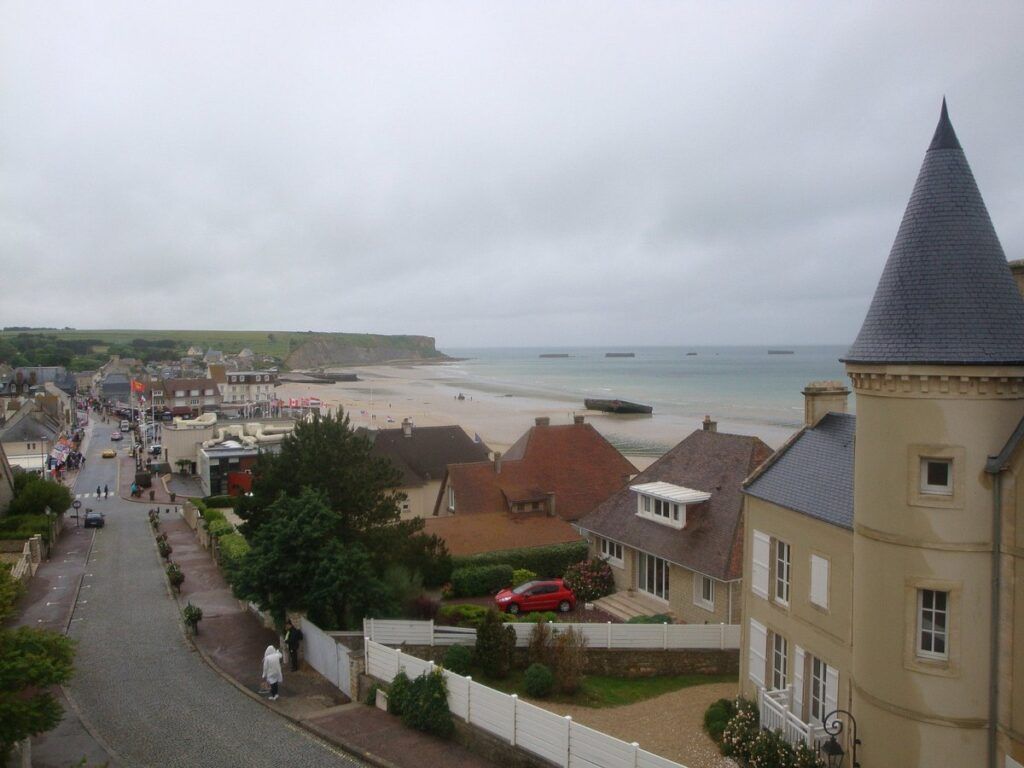
Top-Rated Local Restaurants
Les Bains D’été is a crowd-pleaser for affordable meals and reliable quality. Classic Norman fare, casual vibe, and it’s near the beach.
6 Juin (named for D-Day) is a bit more upscale, with a focus on seafood. People rave about their fresh fish and attentive service—book ahead in summer.
La Brasserie d’En Face serves hearty French classics with big portions. The terrace looks over the town center, so it’s a good lunch stop between museums.
Le Recto Verso does wood-fired pizzas and Mediterranean-inspired plates if you need a break from Norman cuisine. They consistently get 4+ stars on review sites.
Cafes with Sea Views
La Compagnie des Glaces is both a cafe and the best ice cream spot in town. Their terrace faces the beach and Mulberry Harbor remains—ideal for an afternoon treat.
Café du Port is simple but hits the spot—sandwiches, coffee, pastries, and a front-row seat to the Channel. They open early, so it’s great for sunrise watchers.
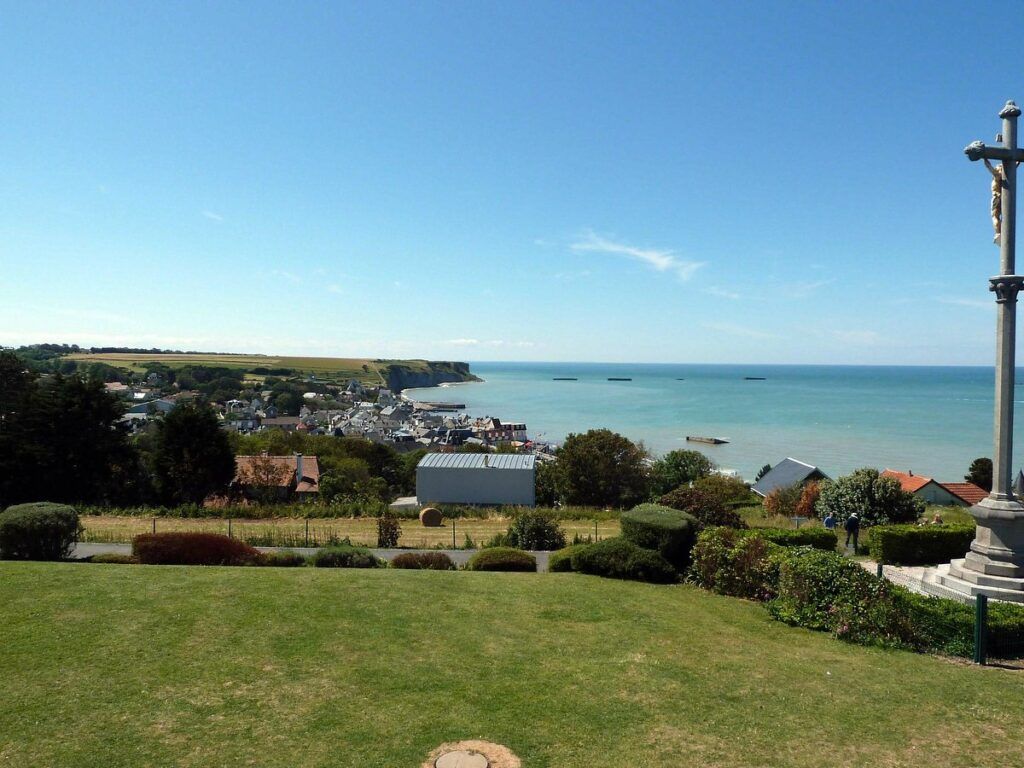
Le Sergent uses local ingredients and posts daily specials on chalkboards. The upper deck view is hard to beat, especially at sunset.
Dining Tips and Local Dishes
Hours: Most places serve lunch 12-2pm and dinner 7-9:30pm. Kitchens close in between, so plan accordingly.
Local specialties worth a try:
- Moules-frites (mussels with fries)
- Calvados (apple brandy) as a digestif
- Tarte Normande (apple tart with cream)
- Seafood platters—oysters and shrimp are standouts
Book ahead in summer (June-August) when it’s busy. Many restaurants offer set menus (“menu du jour”) that are better value than à la carte.
Service is included, so tipping isn’t required, but rounding up for good service is always nice.
Find comfortable stays within moments of historic battlegrounds
Accommodations and Hotels
Arromanches-les-Bains has a good mix of places to stay, from beachside hotels with D-Day views to homey guesthouses. Most are within easy walking distance of the harbor remains and museums.
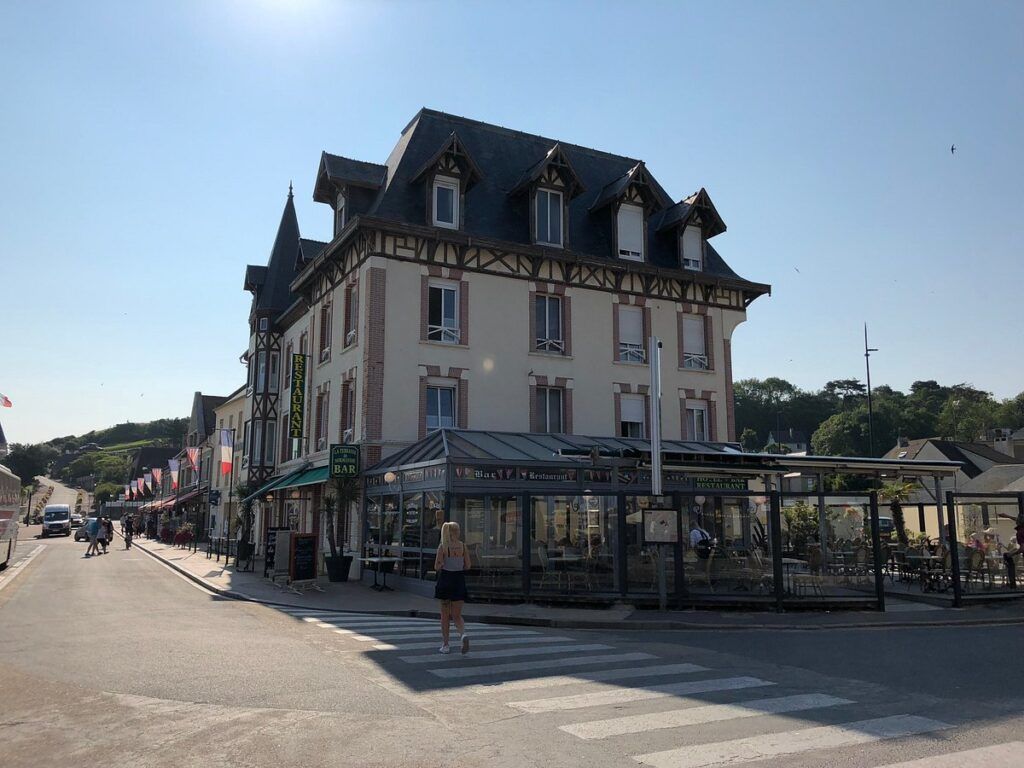
Recommended Hotels
Hotel Le Mulberry is just a two-minute walk from the D-Day beaches. It’s small—only seven rooms—but comfortable, with private bathrooms and satellite TV. The location is perfect for history fans.
Hotel de la Marine gives you incredible views of the harbor remains right from your room. Their restaurant is known for local seafood.
The D’Day Hôtel has a terrace for breakfast overlooking the Channel. Most hotels here offer free Wi-Fi, though connections can be spotty thanks to the coastal setting.
Room rates range from €48-150 per night, depending on season. Expect higher prices in summer and around D-Day anniversary events.
Check accommodations in Arromanches-les-Bains.
Guesthouses and Unique Stays
For something cozier, La Maison d’Arromanches is a lovely B&B in a restored Norman house. Breakfasts are homemade and feature local products.
There are also farmhouse conversions just outside town—rural gîtes that are peaceful but still just a few minutes from the main sites.
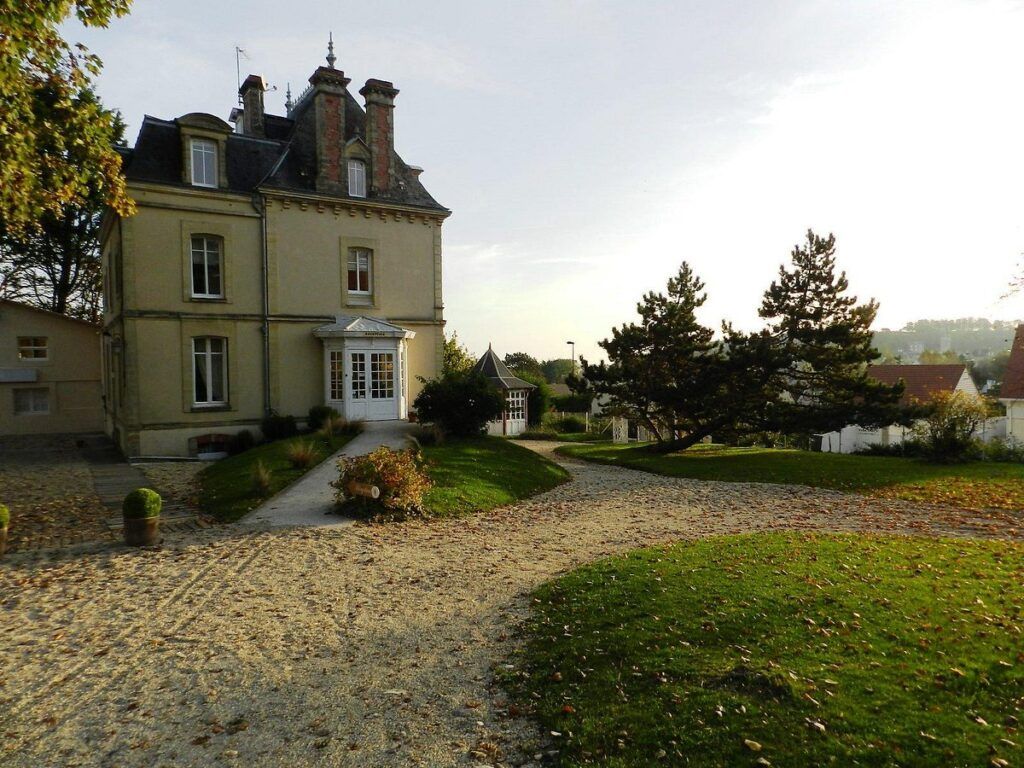
The Lighthouse Keeper’s Cottage is a unique option with panoramic Gold Beach views. It’s a renovated historic building that sleeps up to six.
Many guesthouses are family-run and can offer tips on lesser-known sites and local restaurants you might otherwise miss.
Check accommodations in Arromanches-les-Bains.
Booking Tips and Free Cancellation
Book 3-4 months ahead if you’re coming in June (D-Day events) or peak summer. Winter is much easier—plenty of rooms and lower rates.
Lots of places on Expedia and Booking.com offer free cancellation up to a day or two before arrival, but always check the fine print.
Staying near the center means you can walk to everything—museums, restaurants, the beach—and avoid parking hassles.
Check if breakfast is included; it can add €8-15 per person per day. Some hotels even offer military history packages with museum tickets and tours—it’s worth asking.
Check accommodations in Arromanches-les-Bains.
From beachfront hotels to authentic French countryside stays. No booking fees.
Insider Tips for Visitors
Here are some practical tips to help you get the most out of your visit to the historical sites in Arromanches—without missing a beat.
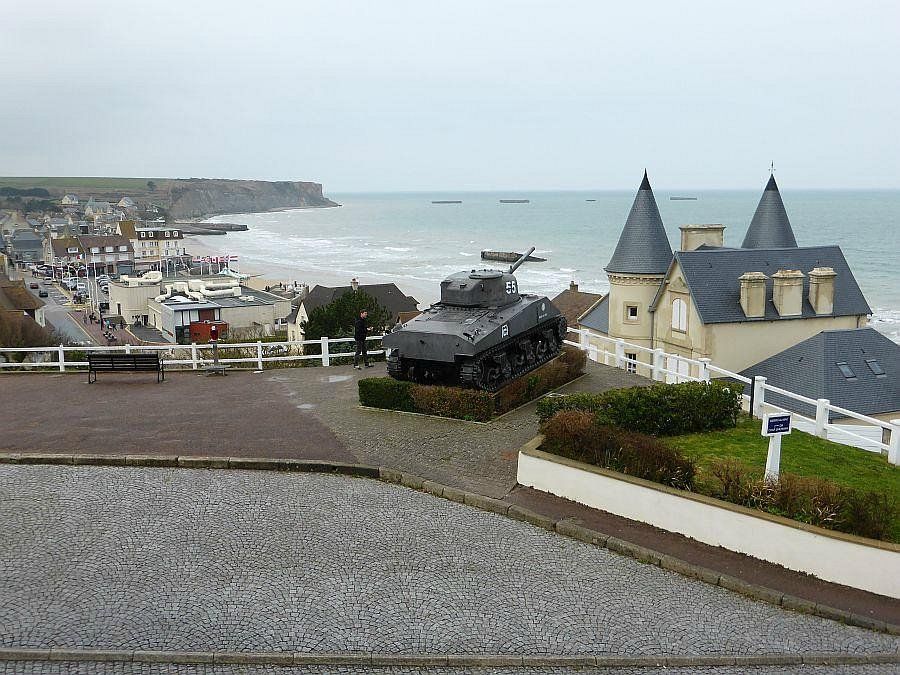
Accessibility and Visitor Information
D-Day sites in Arromanches are open year-round, but hours shift by season. Most museums run 9 AM to 6 PM in summer (April-September), closing earlier in winter.
Arrive early, especially in summer—8-10 AM is usually quiet at the Mulberry Harbor remains. Big tour groups show up later.
Major sites are increasingly wheelchair-friendly. The D-Day Museum and 360° Cinema have ramps and lifts, but some beach areas are still tough for those with mobility issues.
Audio guides are available in several languages. Book ahead during peak months (June-August) so you’re not left out.
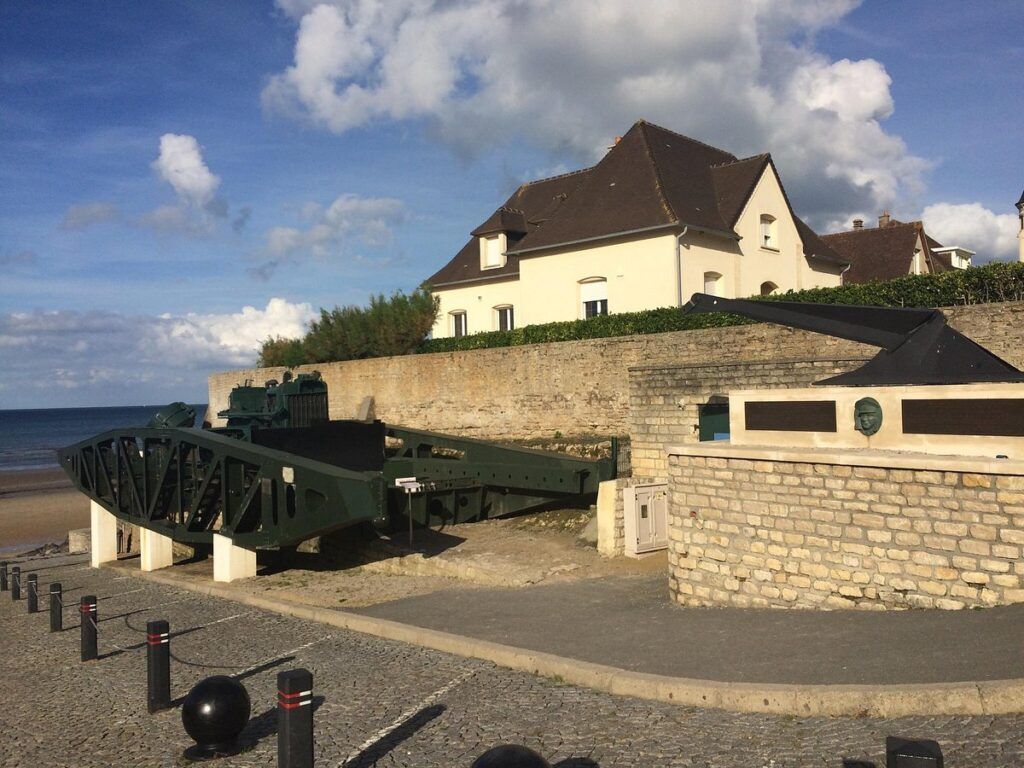
Public transport is pretty limited. Renting a car or booking a tour makes life a lot easier if you don’t have your own wheels.
Local Customs and Etiquette
The D-Day beaches are places of remembrance. Be respectful, especially at cemeteries and memorials.
Locals appreciate even basic French—“Bonjour” and “Merci” go a long way.
Photos are fine outdoors, but check for restrictions in museums. Some don’t allow flash.
Most restaurants close between lunch and dinner (about 2-7 PM). Plan your meals or you might be stuck with slim pickings.
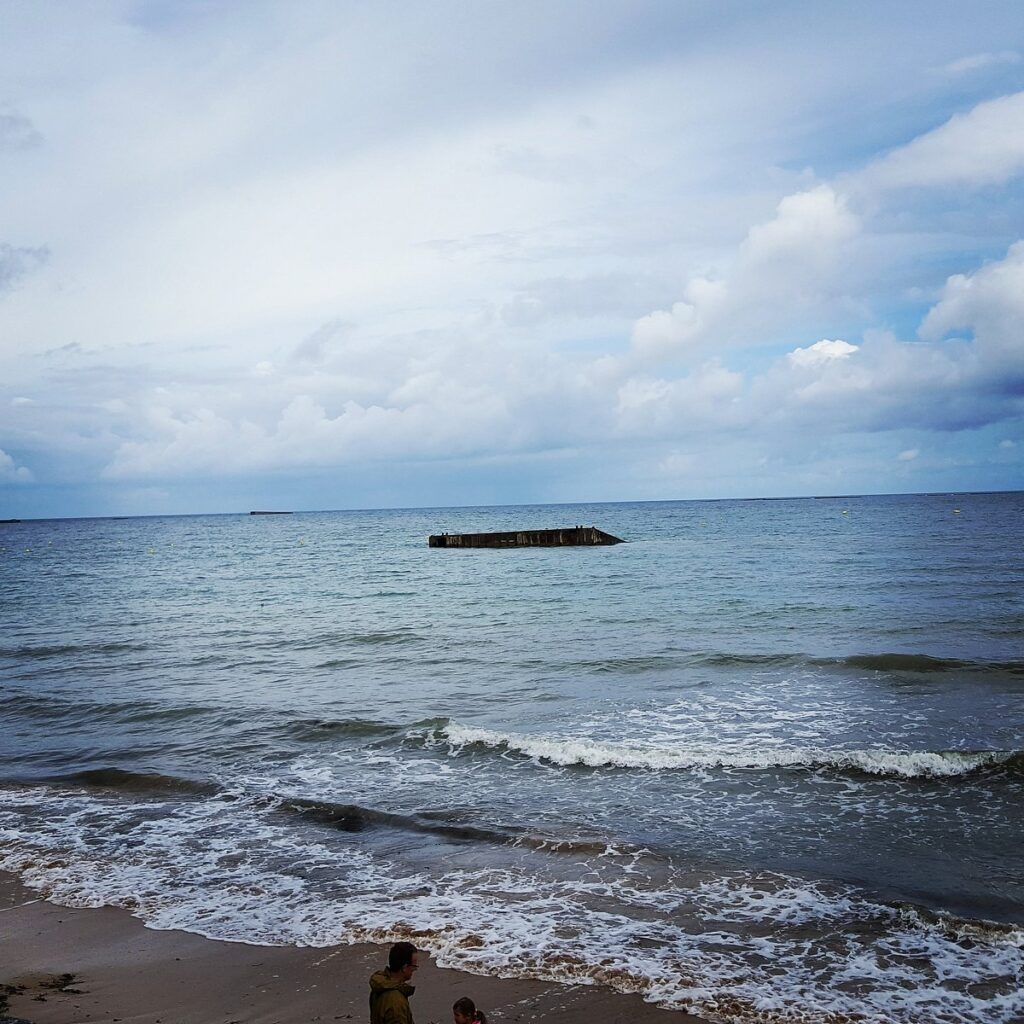
Tipping isn’t expected, but rounding up or leaving a couple euros for great service is always appreciated.
Packing Essentials
Bring comfortable walking shoes—you’ll cover a lot of ground at the beaches, museums, and batteries around Arromanches.
Normandy weather can turn on a dime. Even in summer, a light waterproof jacket is smart—quick showers aren’t unusual.
Sunscreen and a hat are musts in summer. The beaches are mostly open, and sunburn sneaks up, even on cloudy days.
Binoculars are handy for checking out the distant harbor remains from the cliffs.
Pack a reusable water bottle and snacks for beach walks. Cafés are mostly in the center—once you’re out on the coast, options are slim.
A small flashlight is useful for exploring bunkers or batteries, where lighting can be pretty minimal.
Get a discount of 15% to 70% on Arromanches-les-Bains accommodations and tours! Look for deals here:
Arromanches-les-Bains Hotels and Tours

